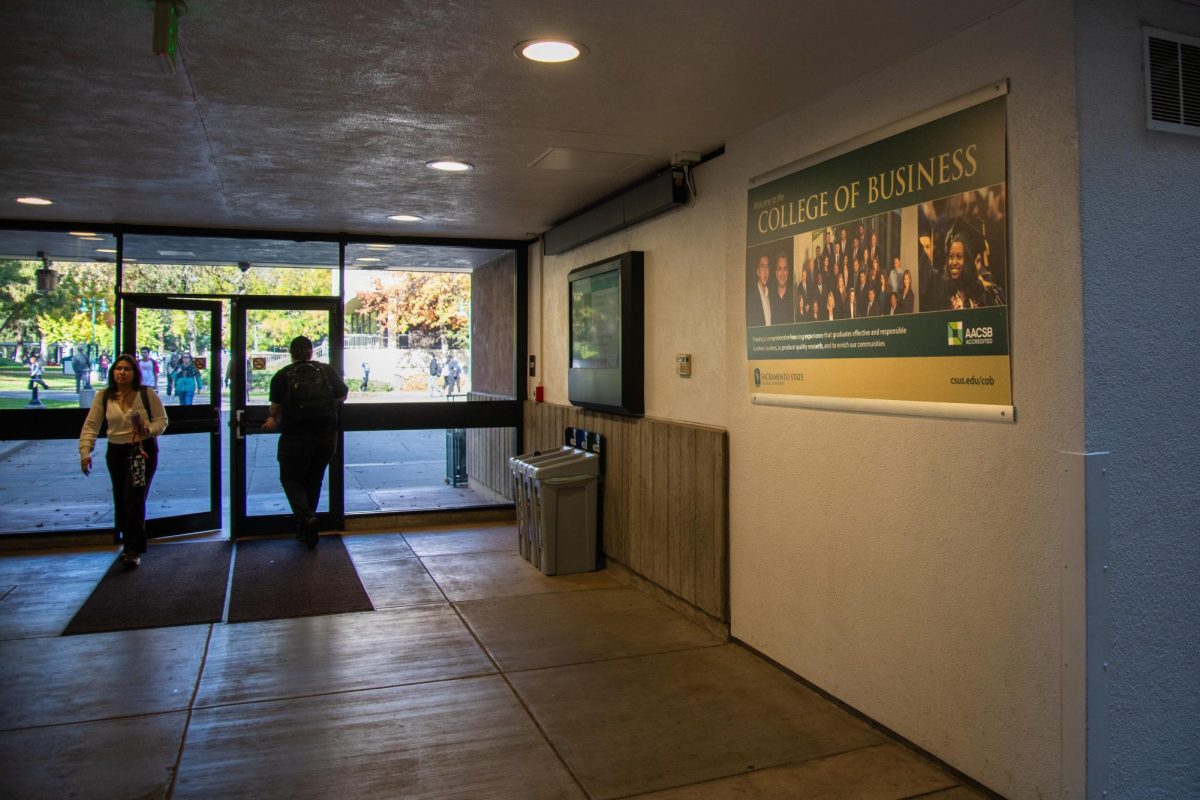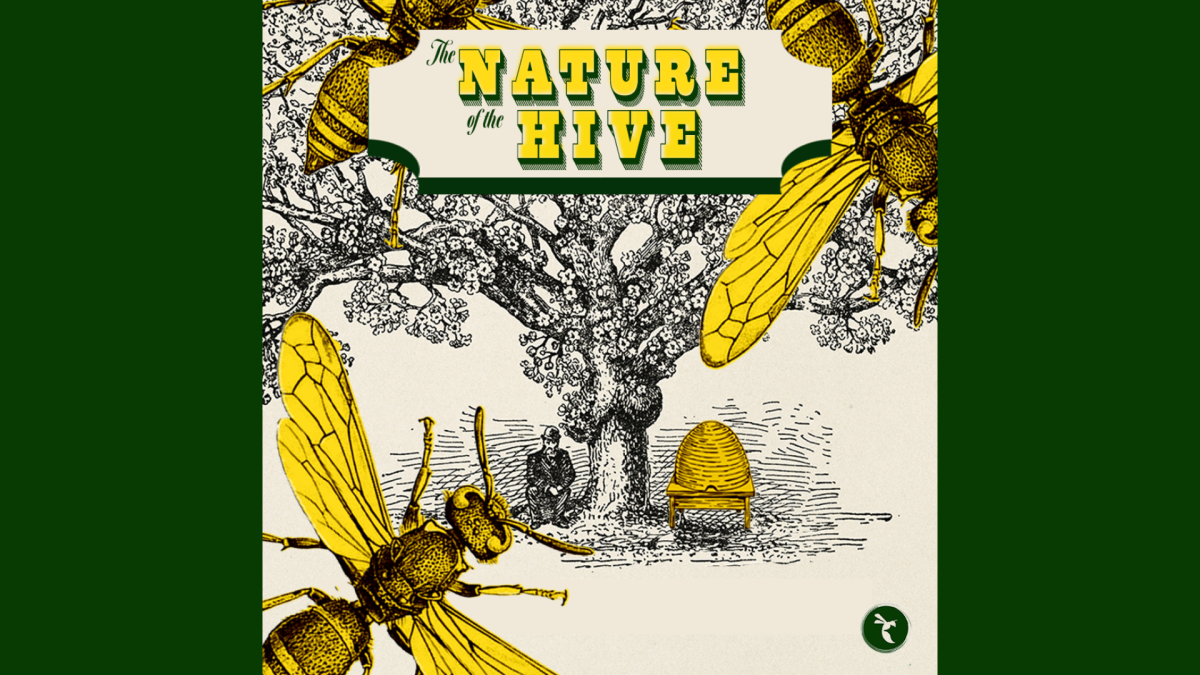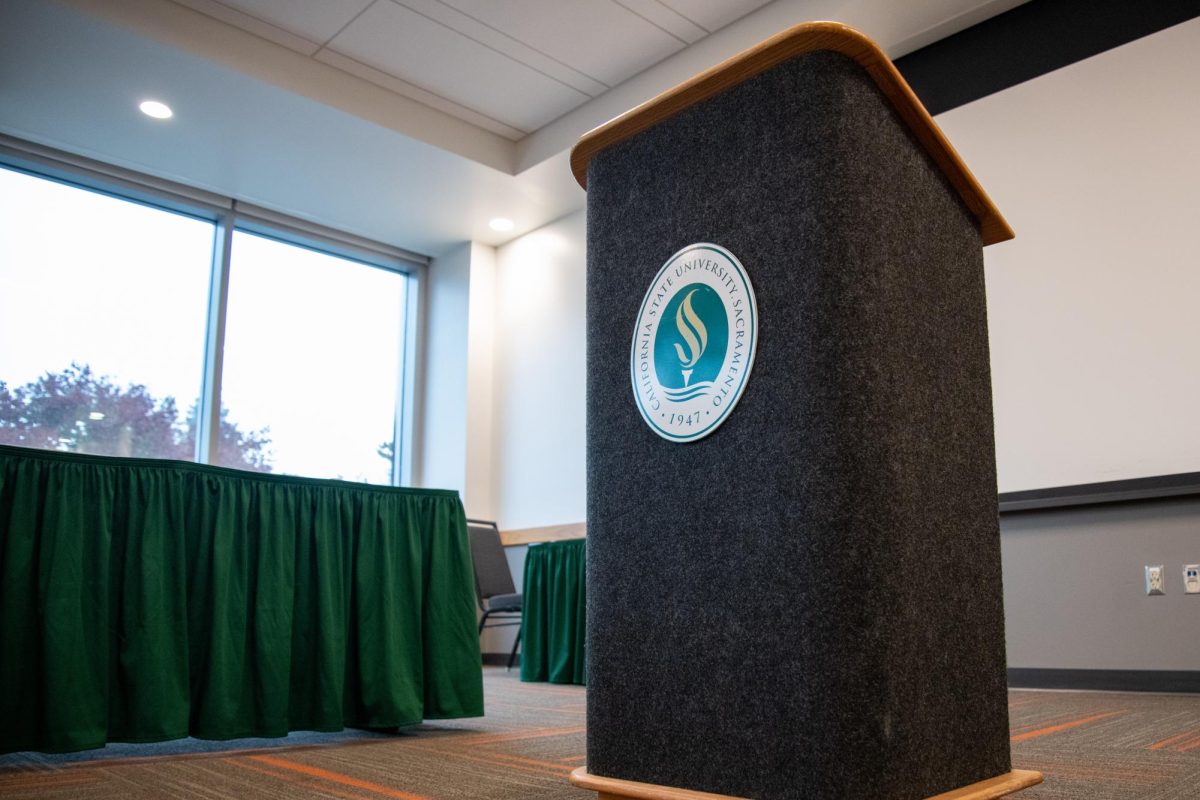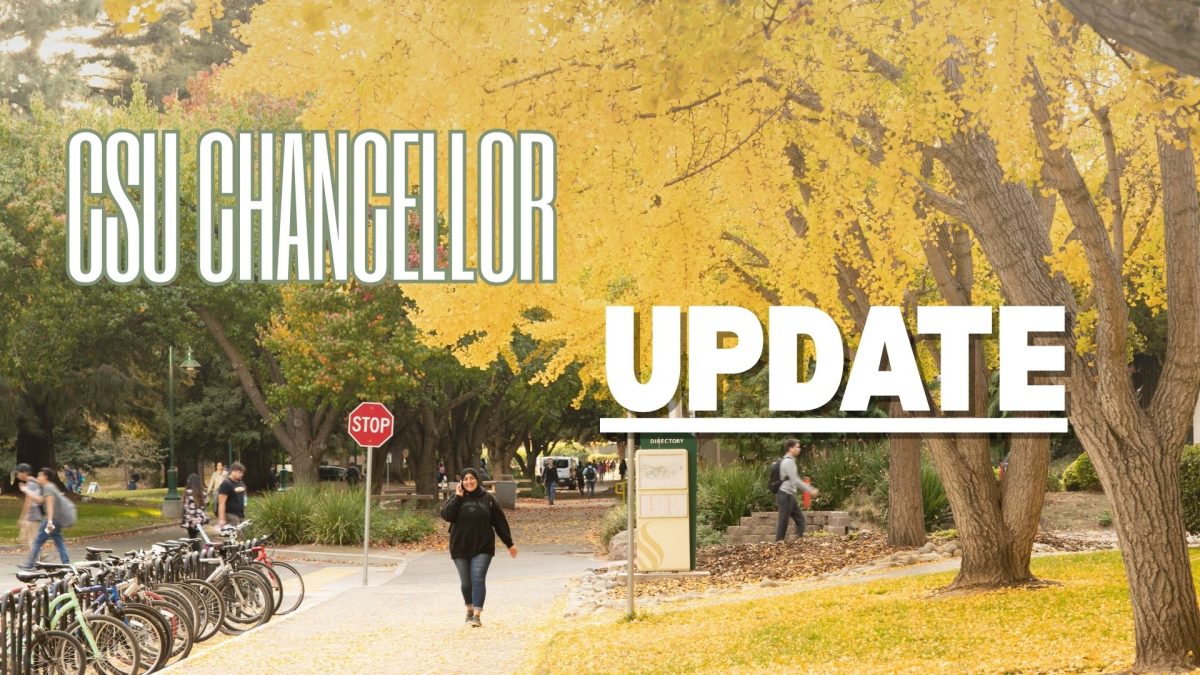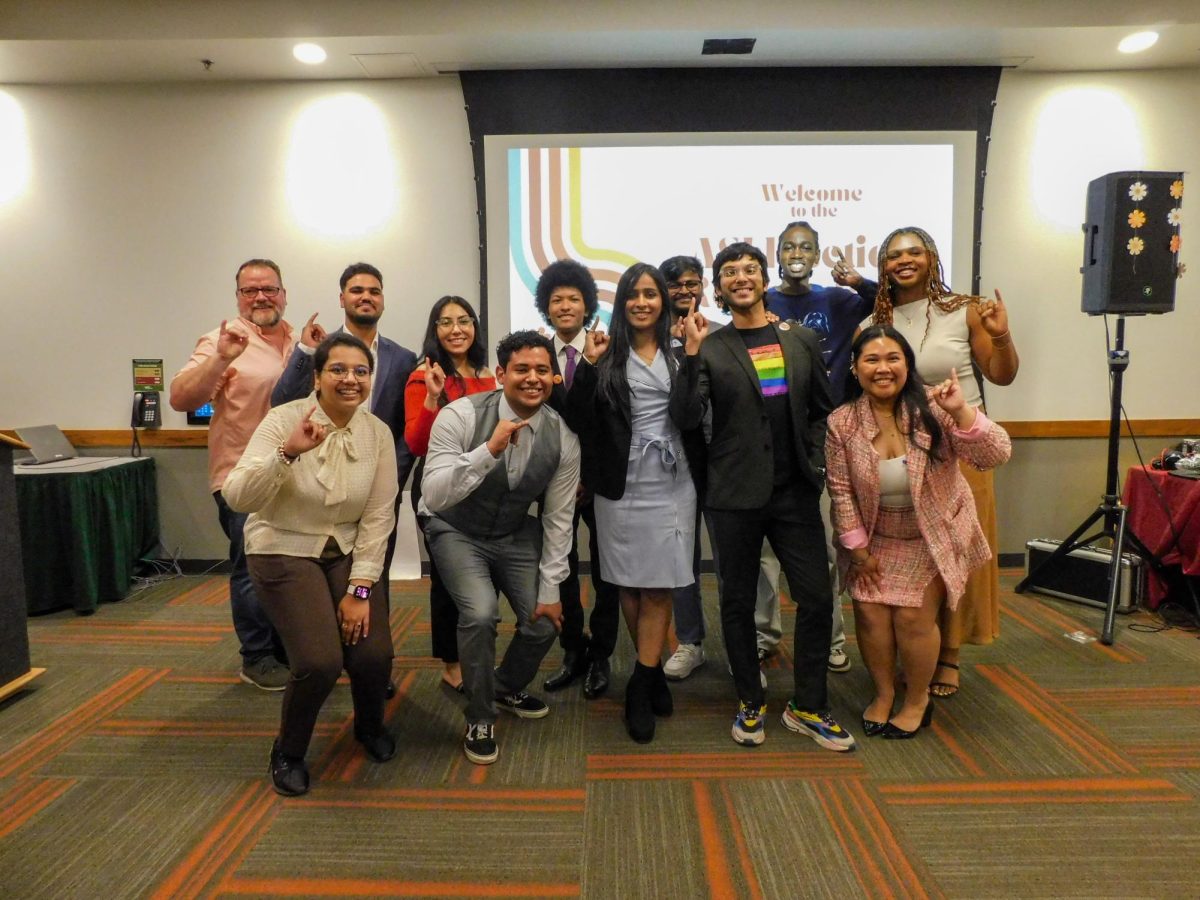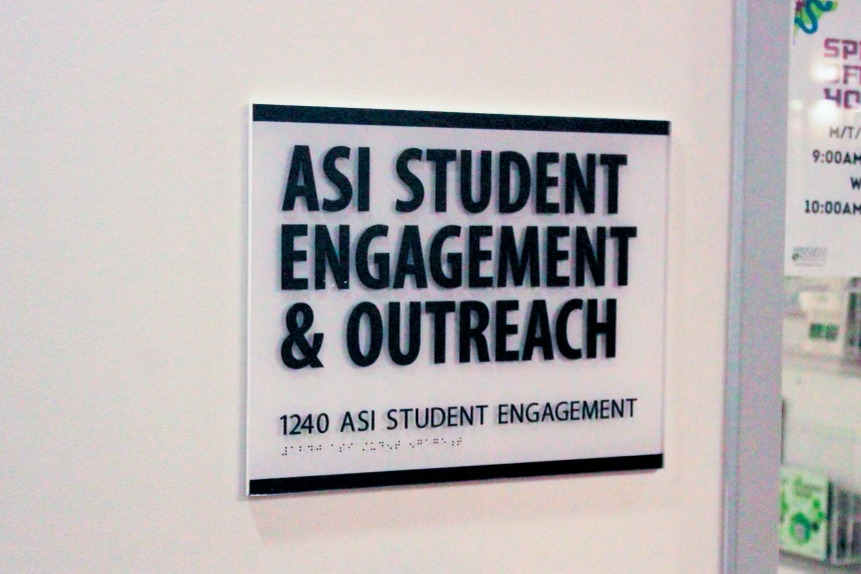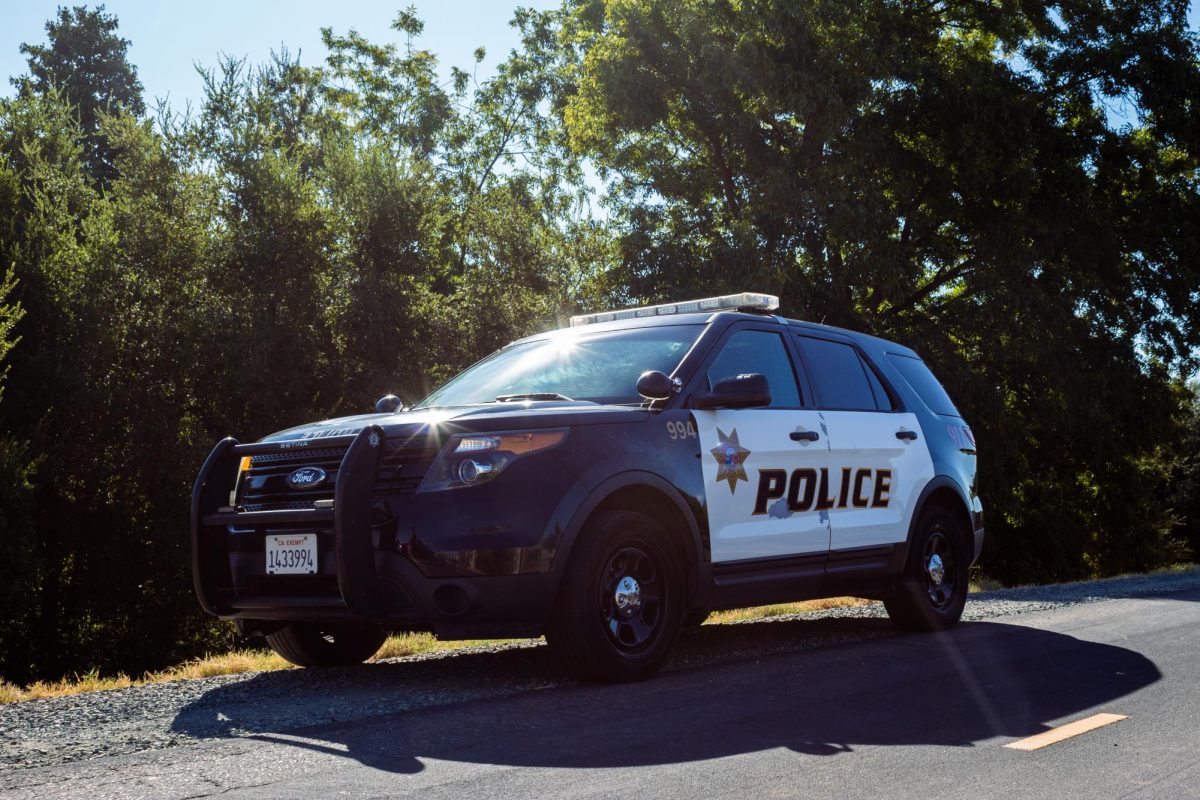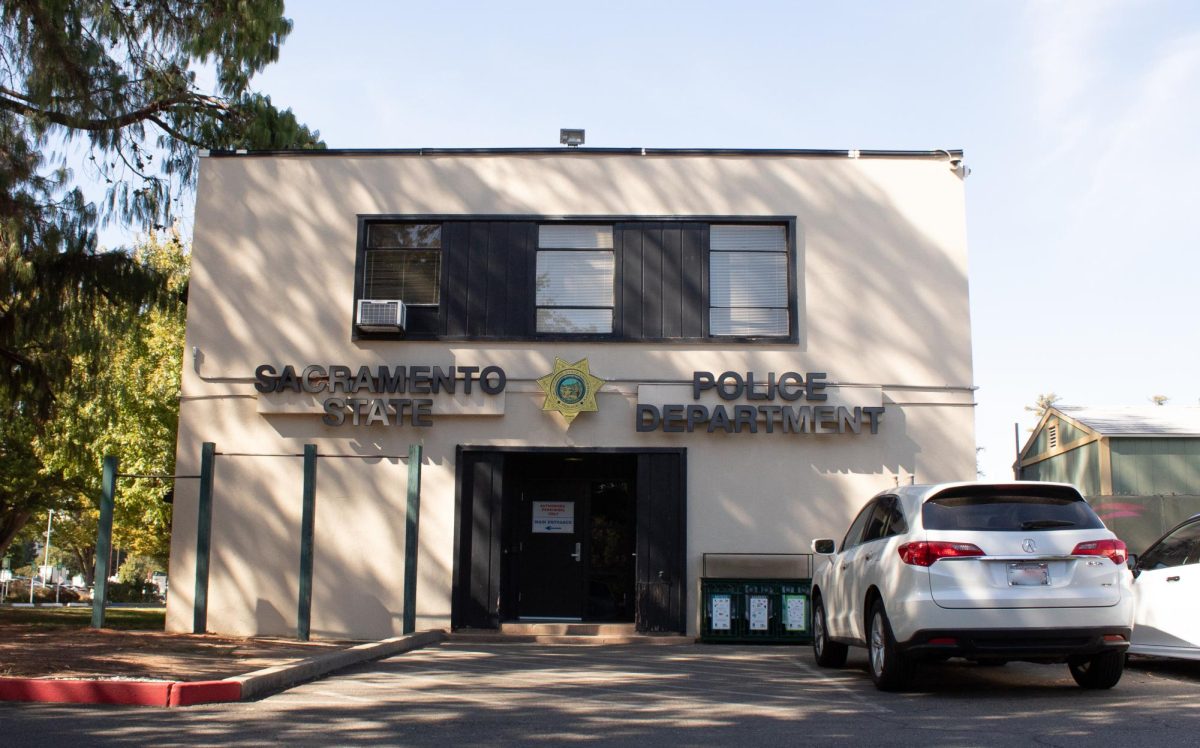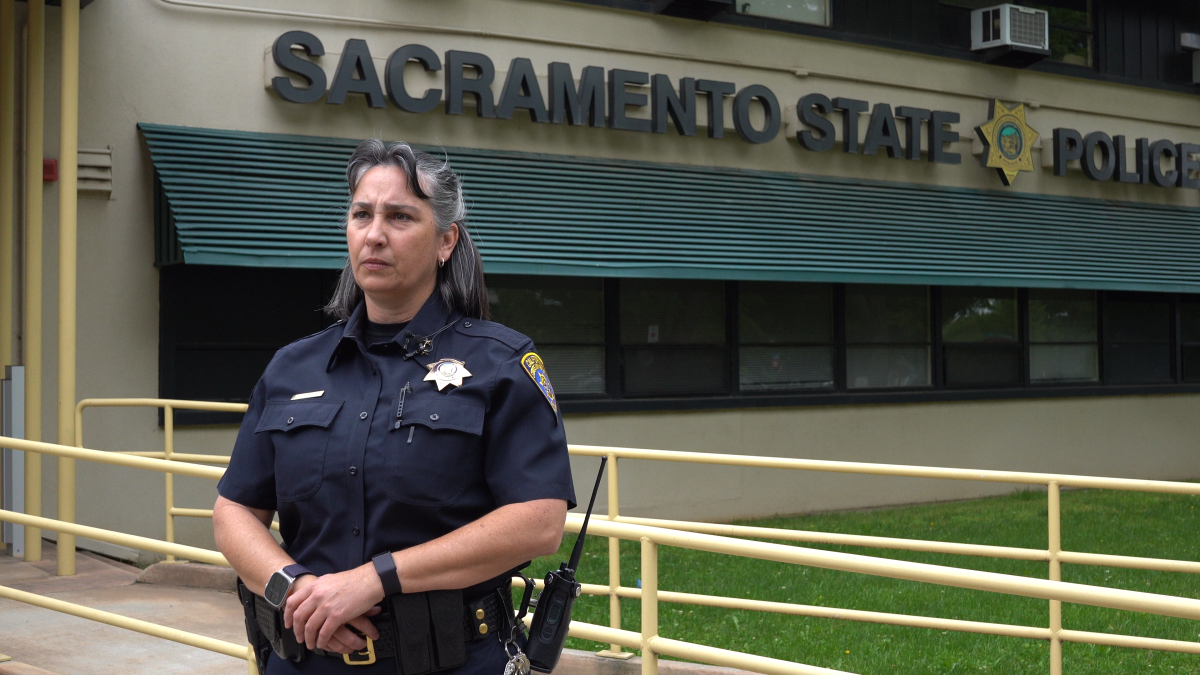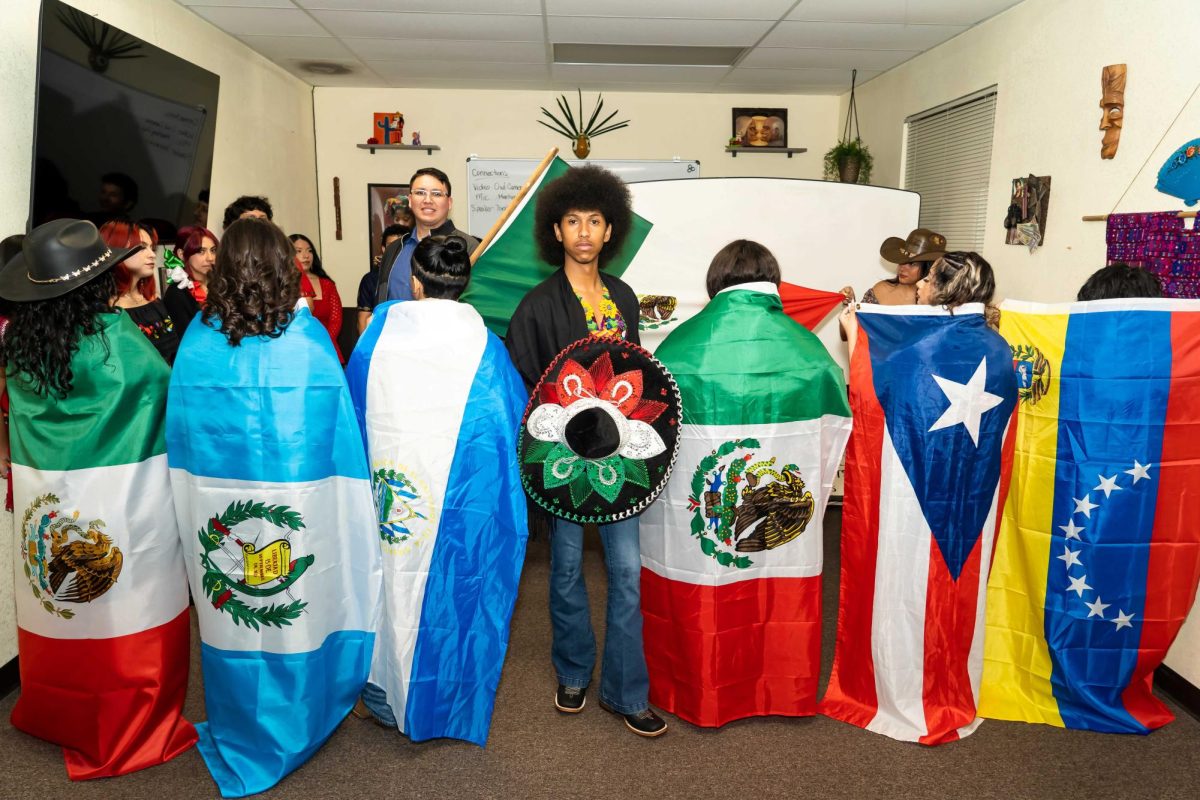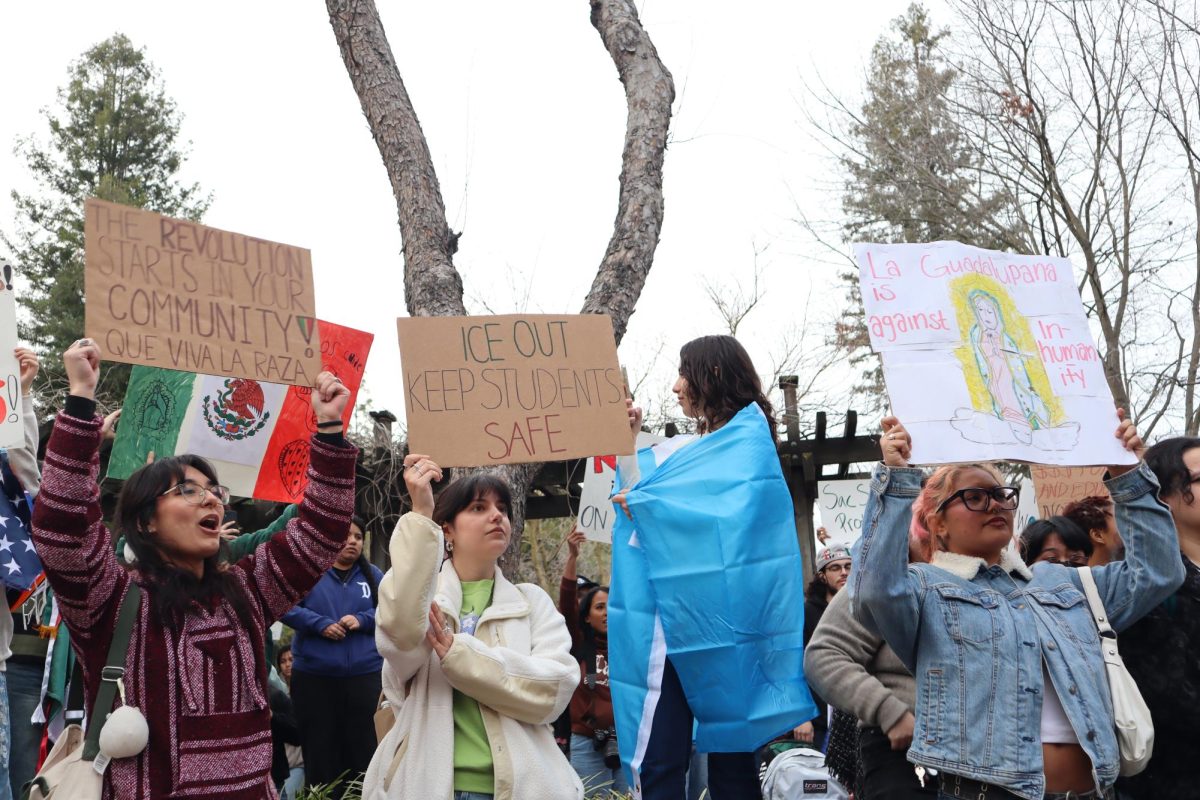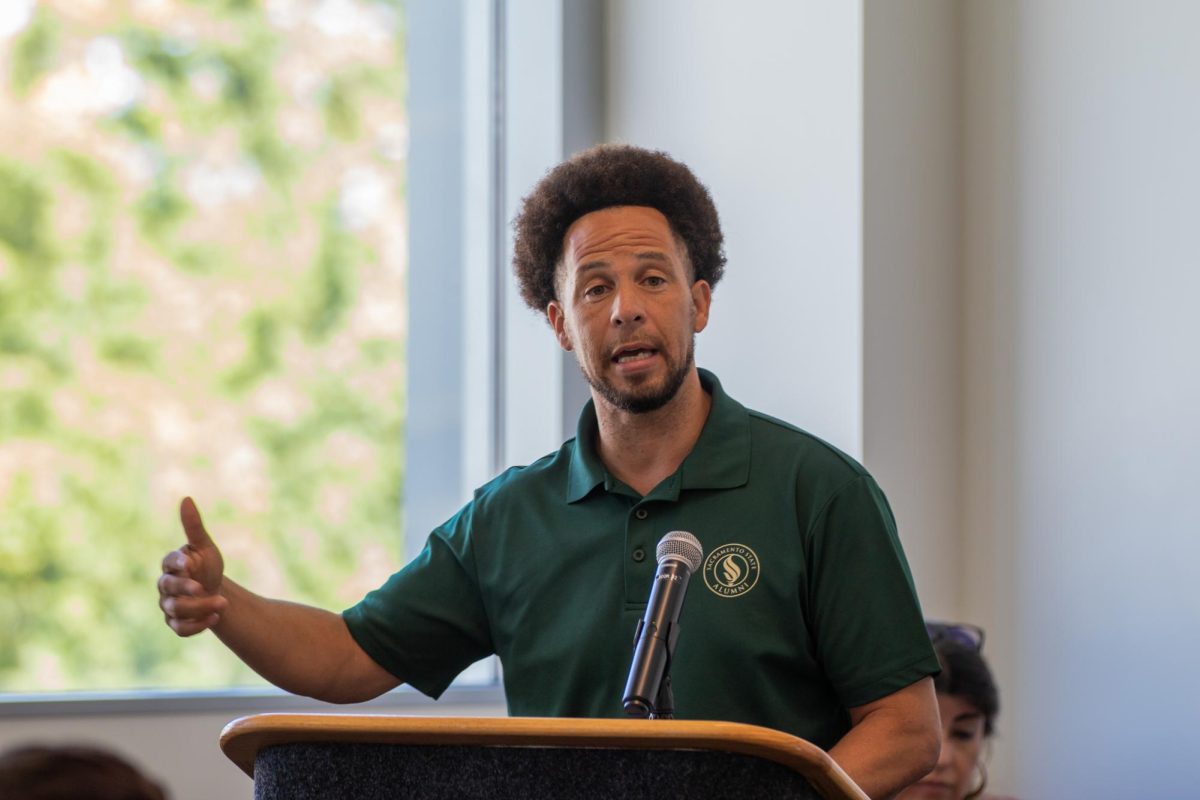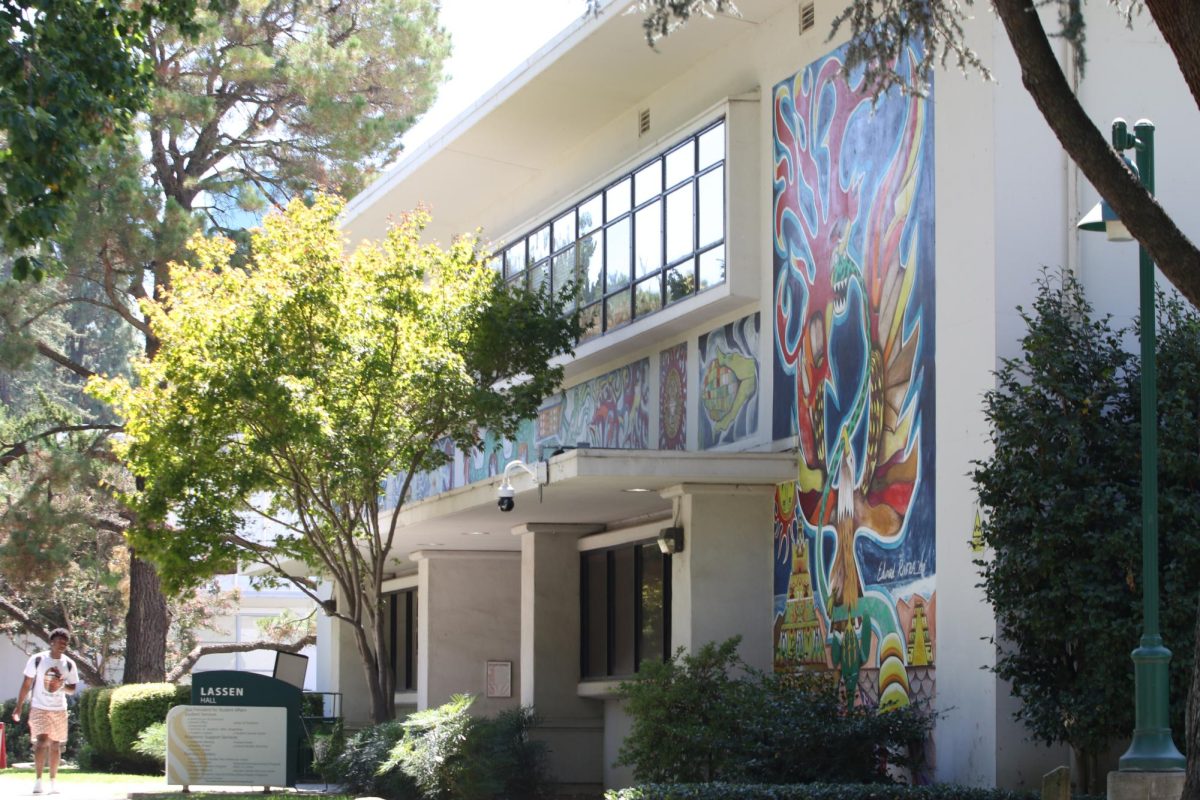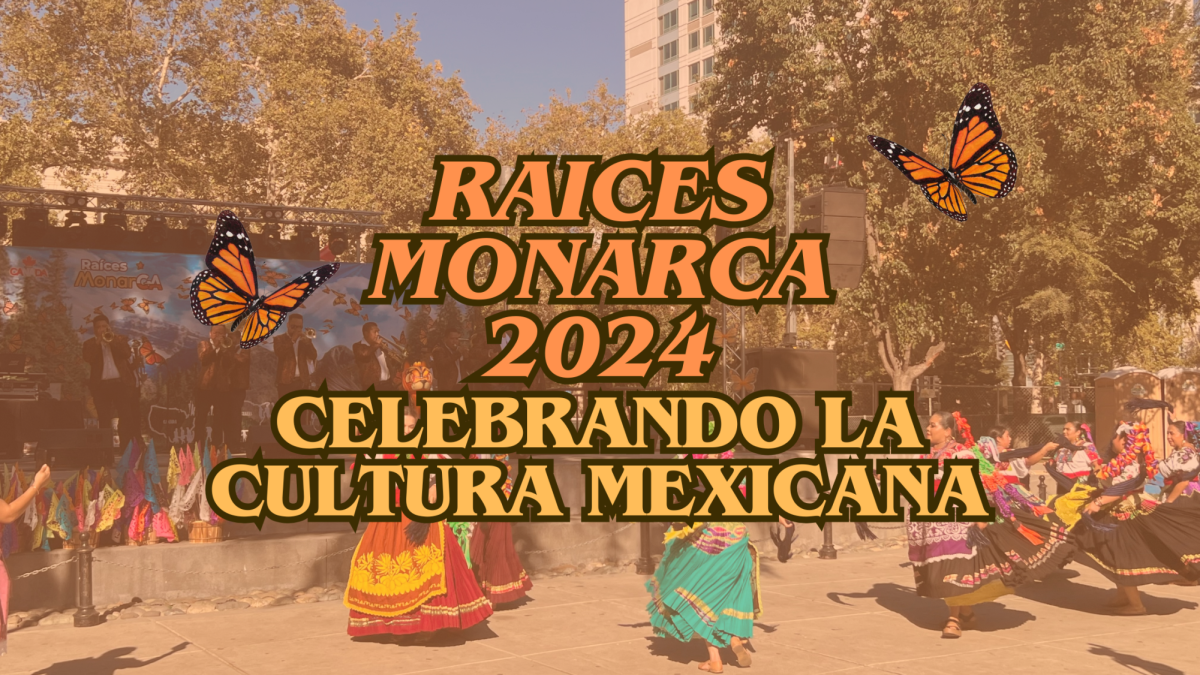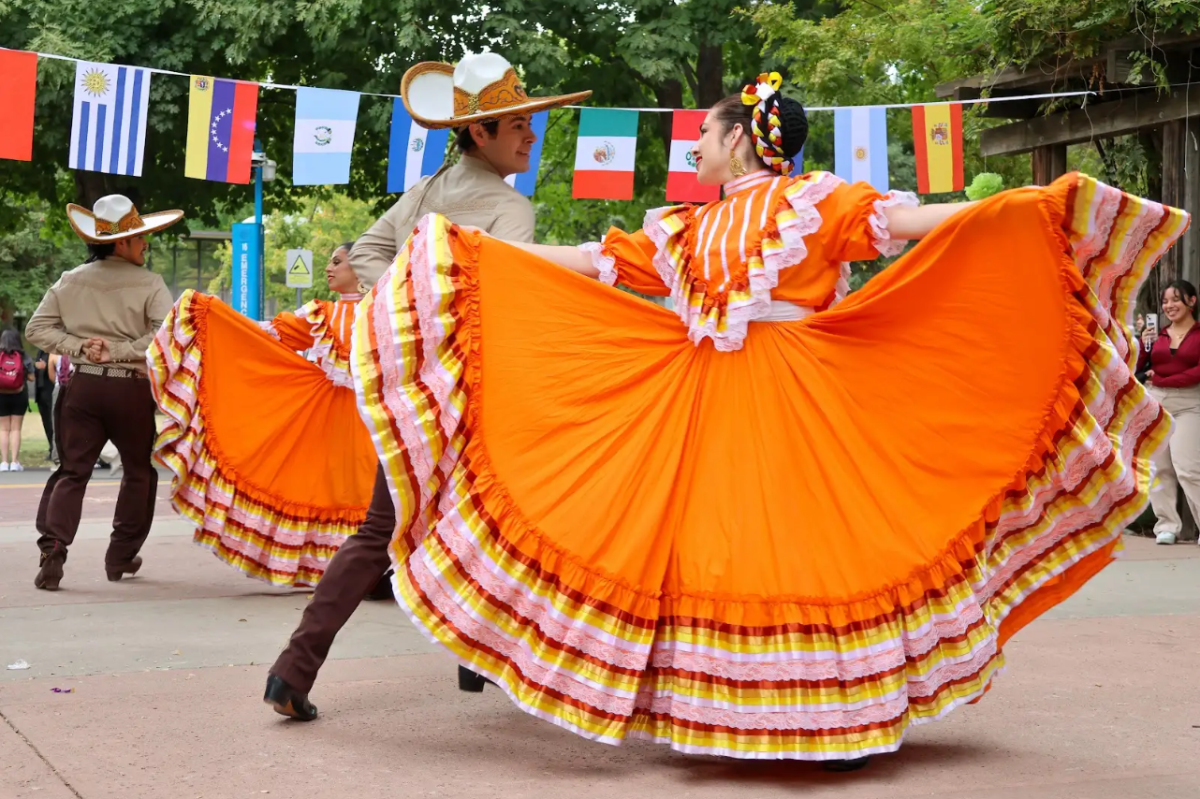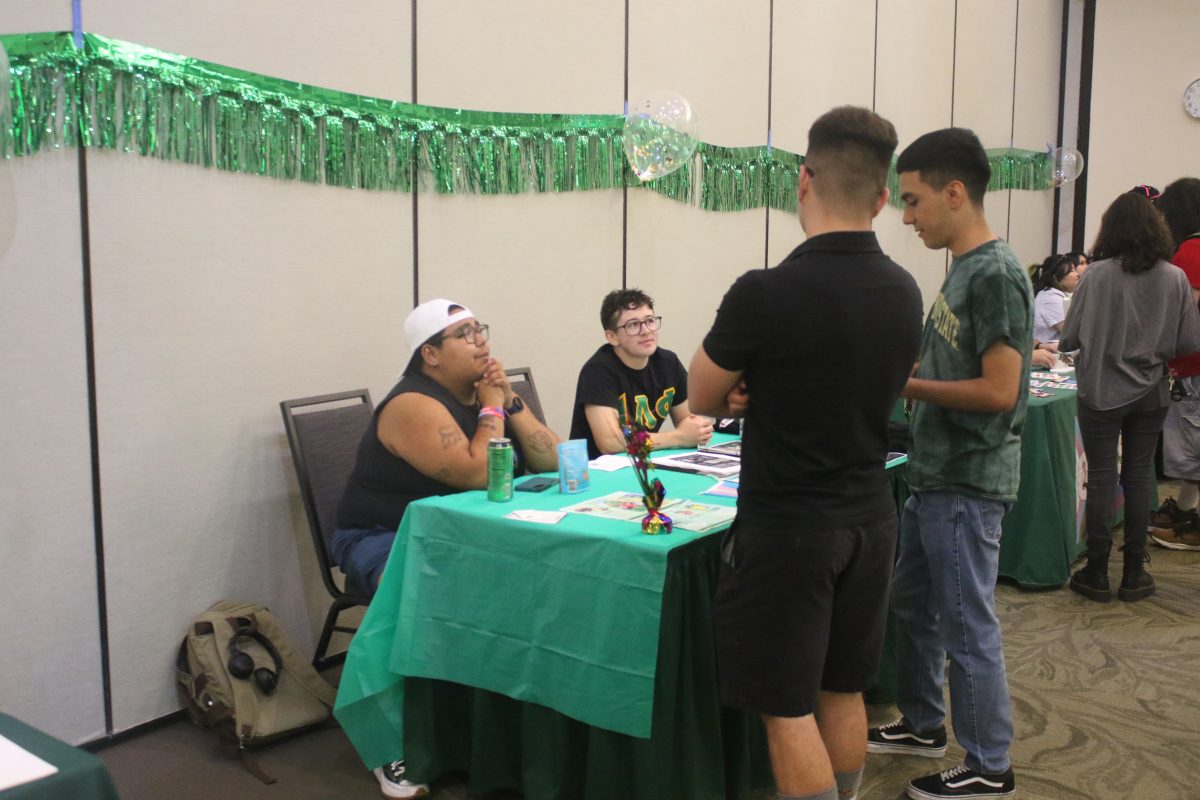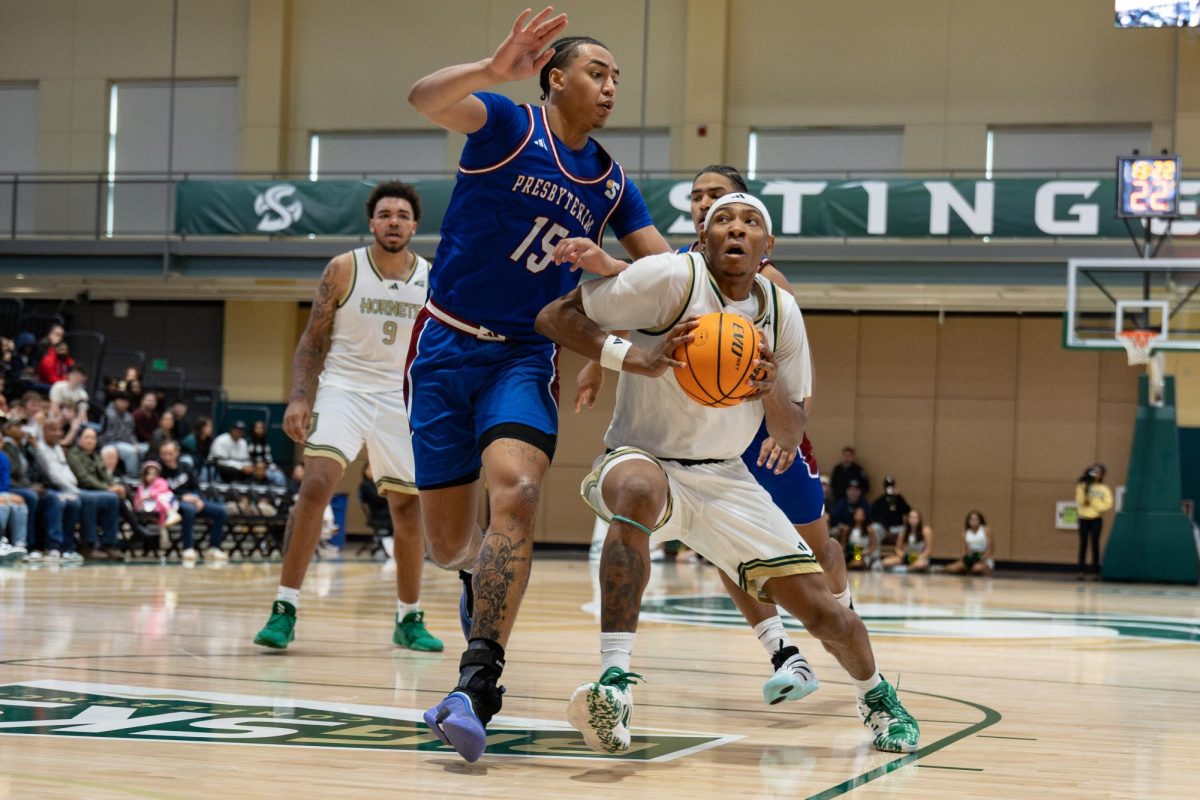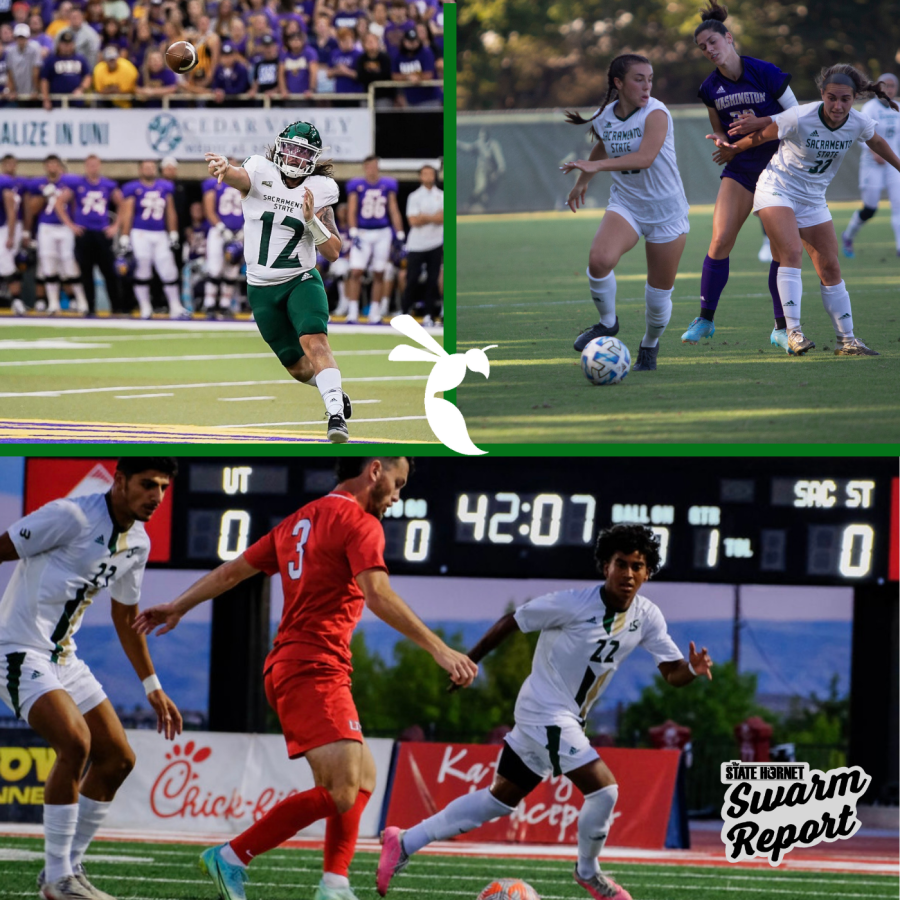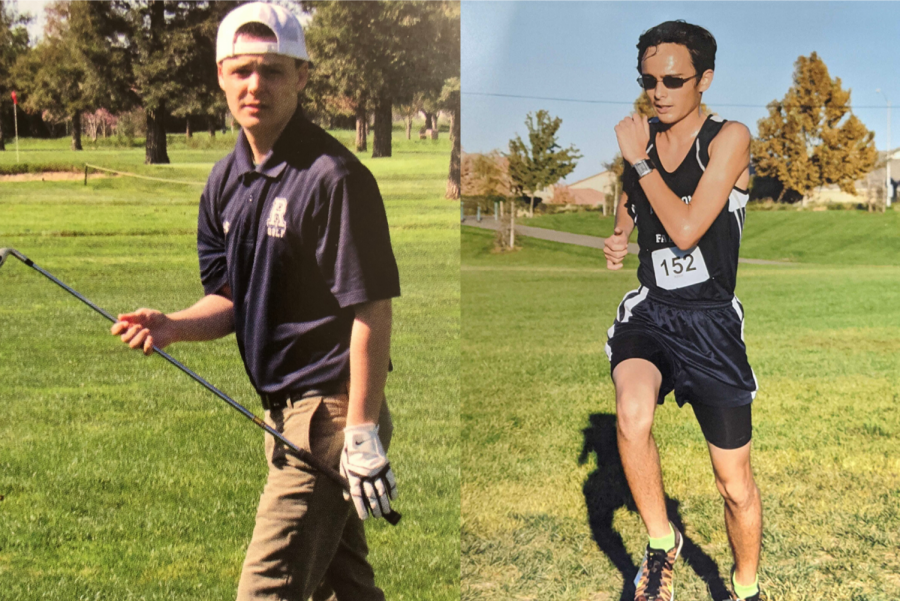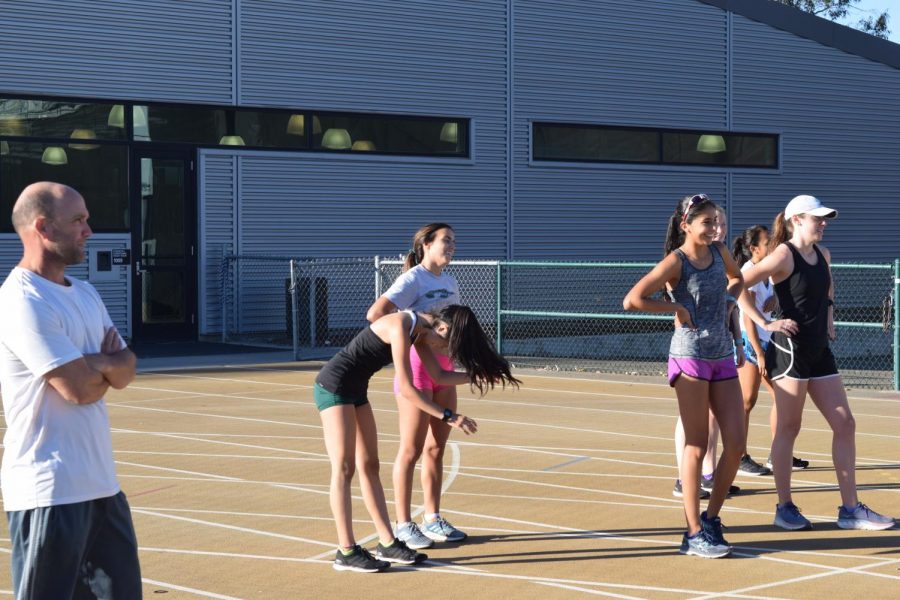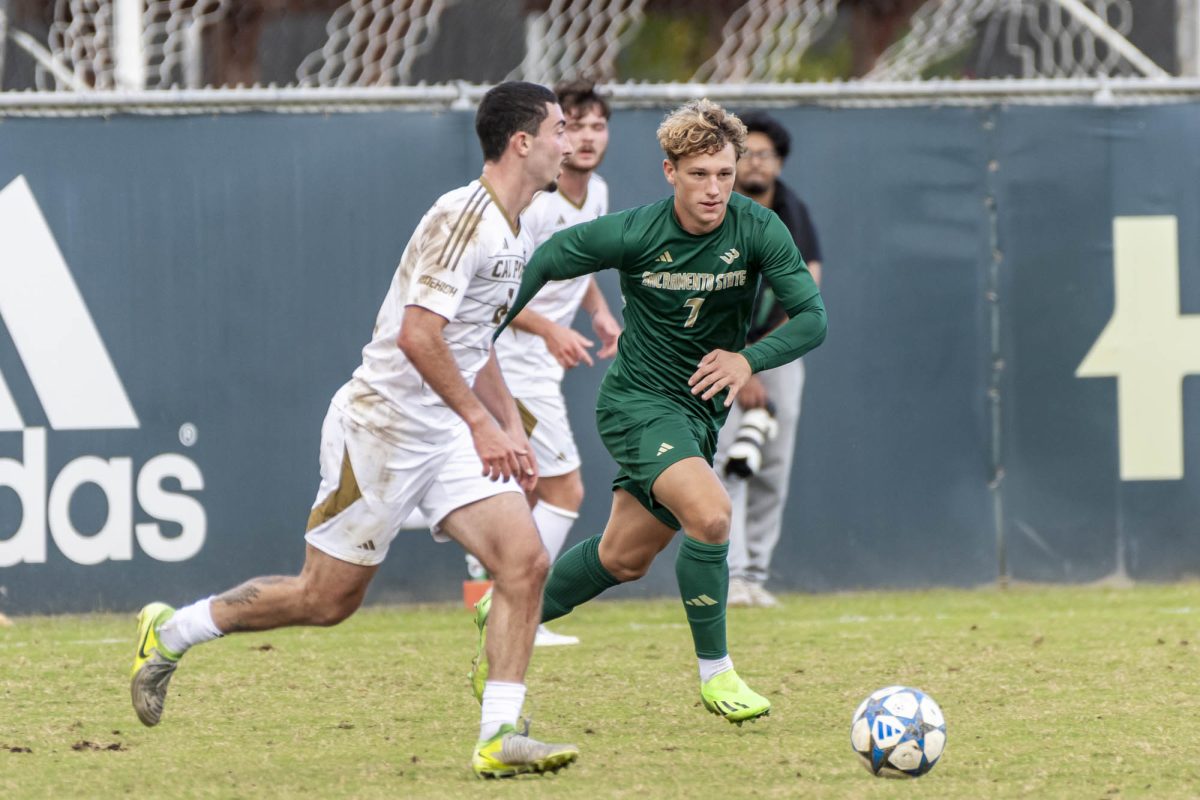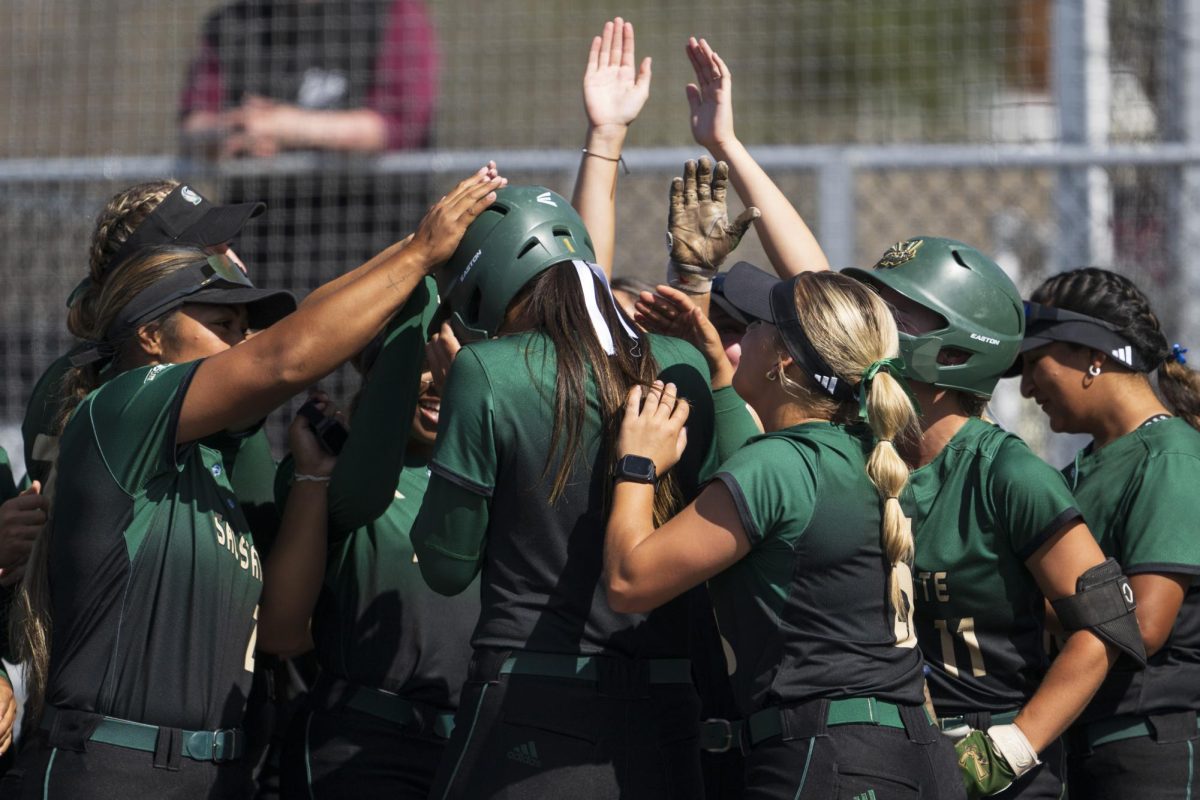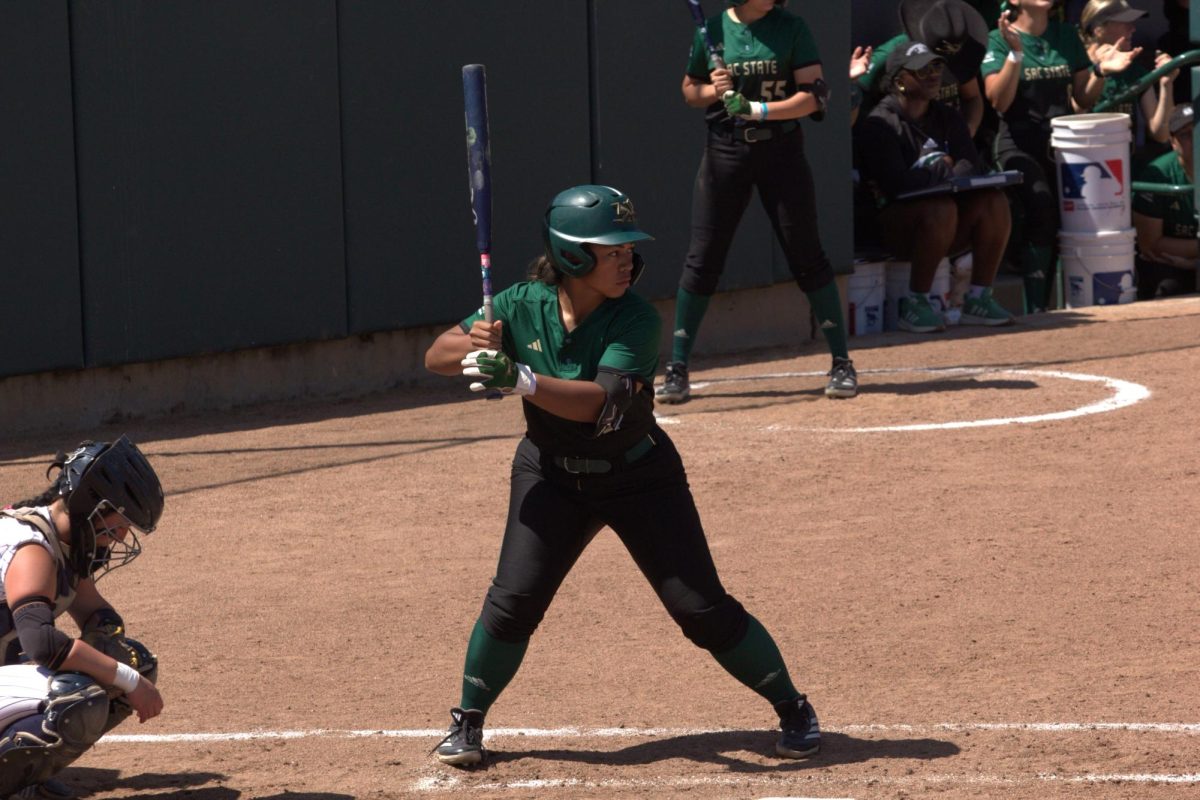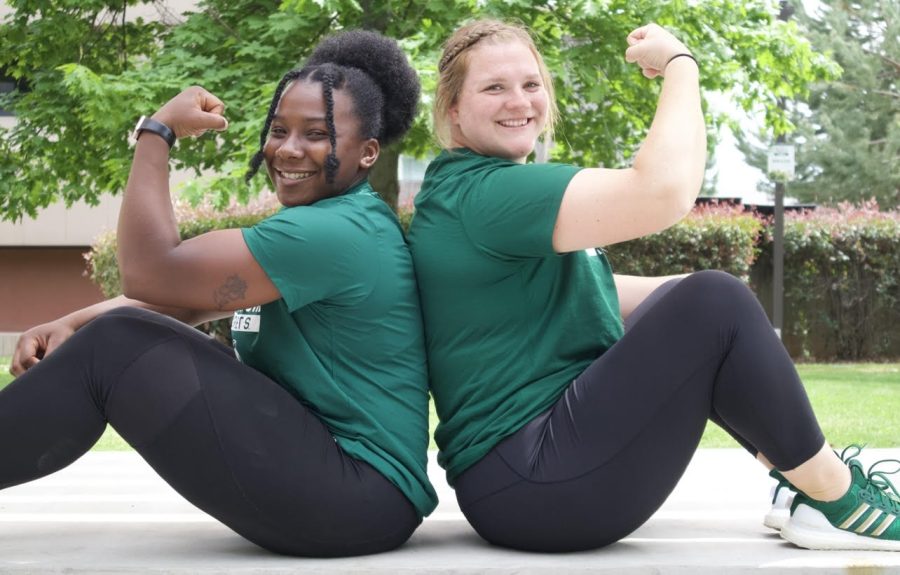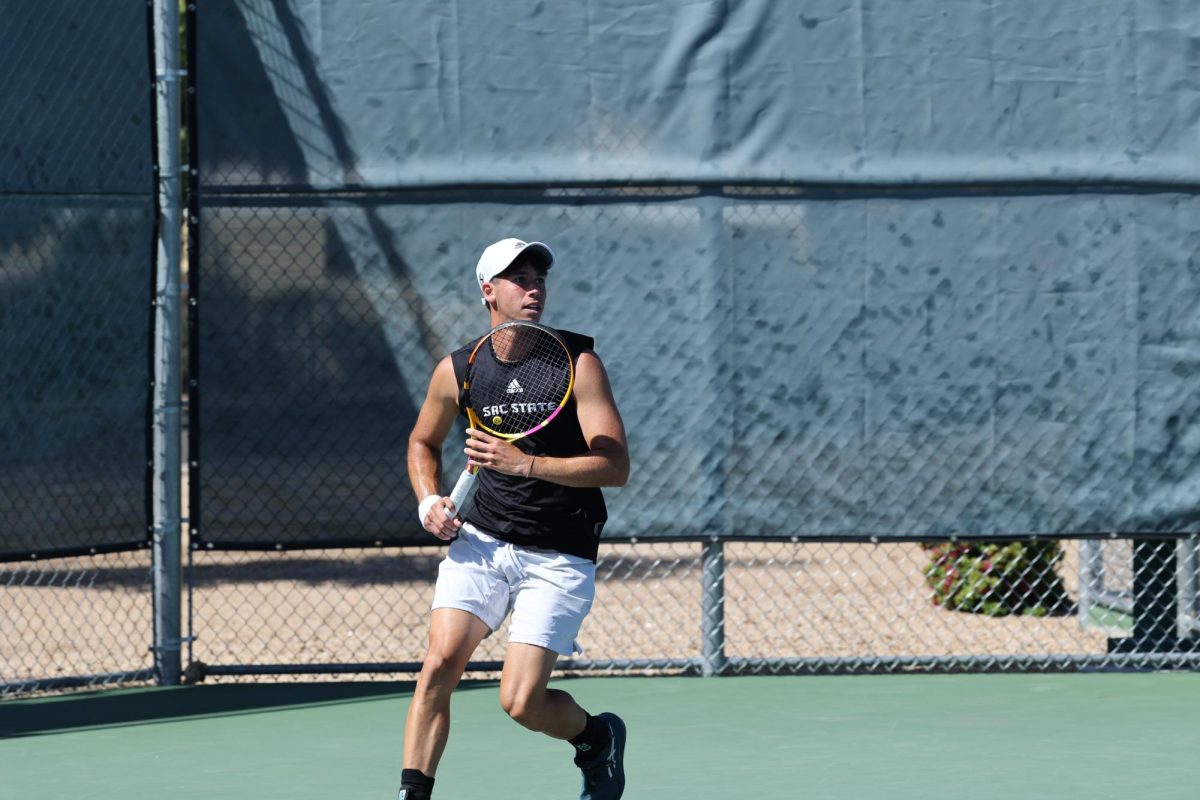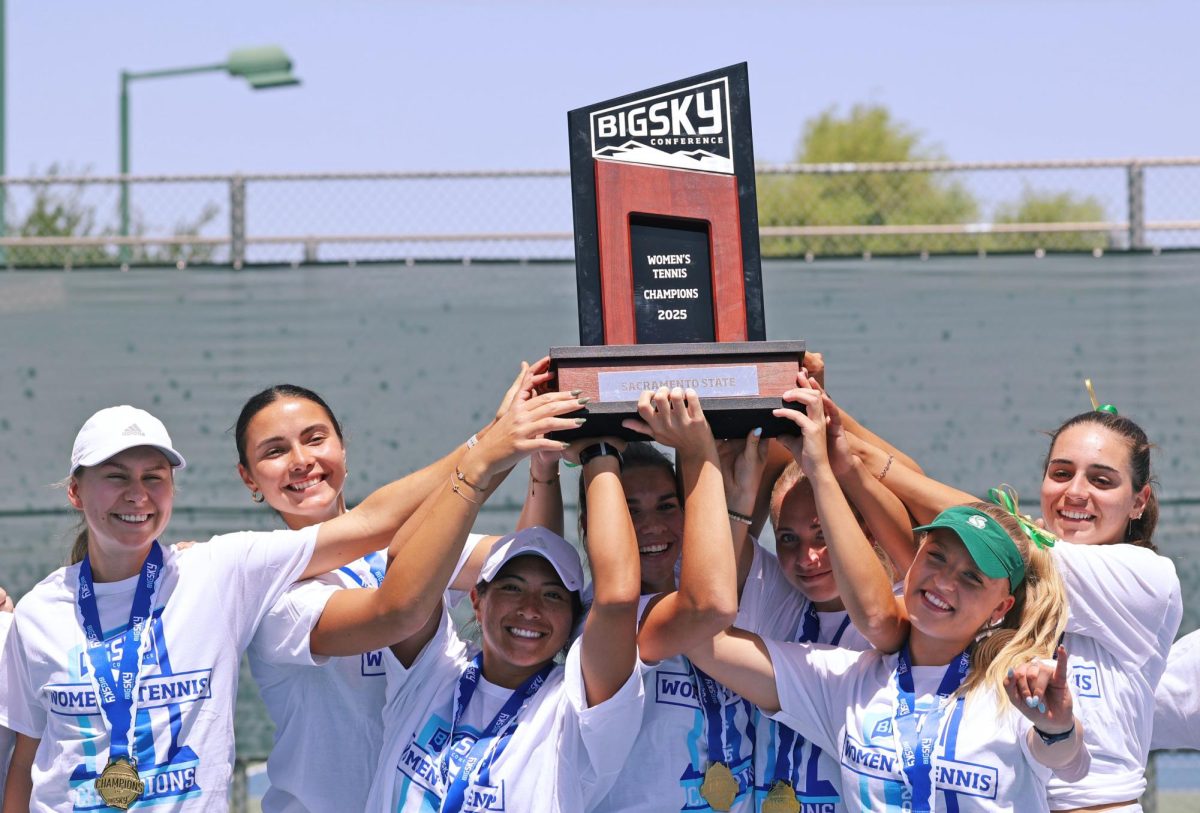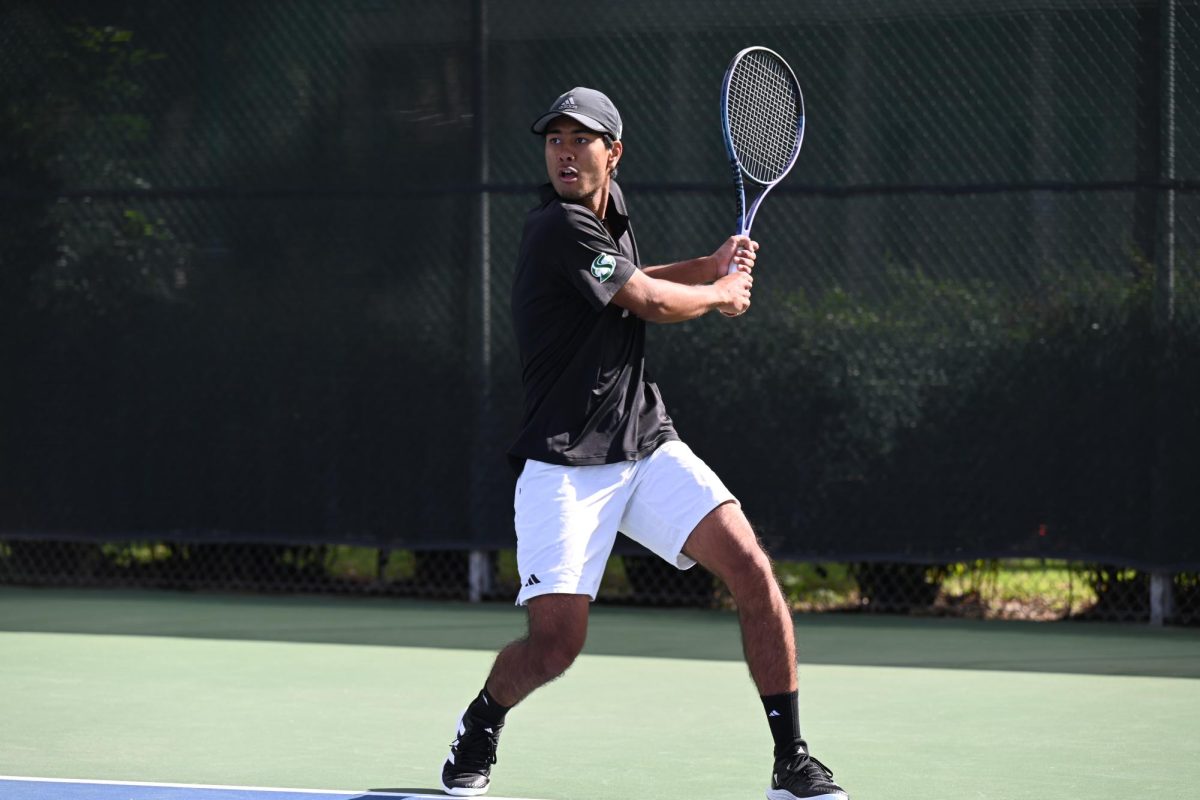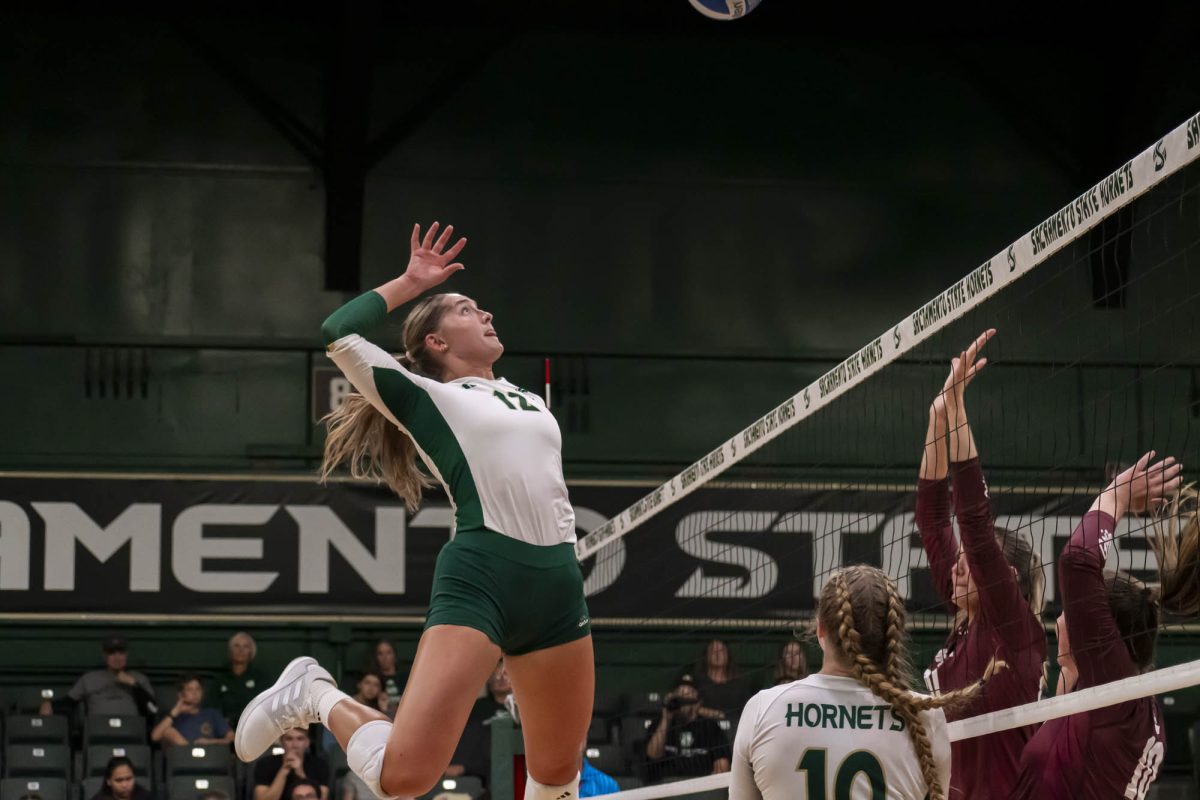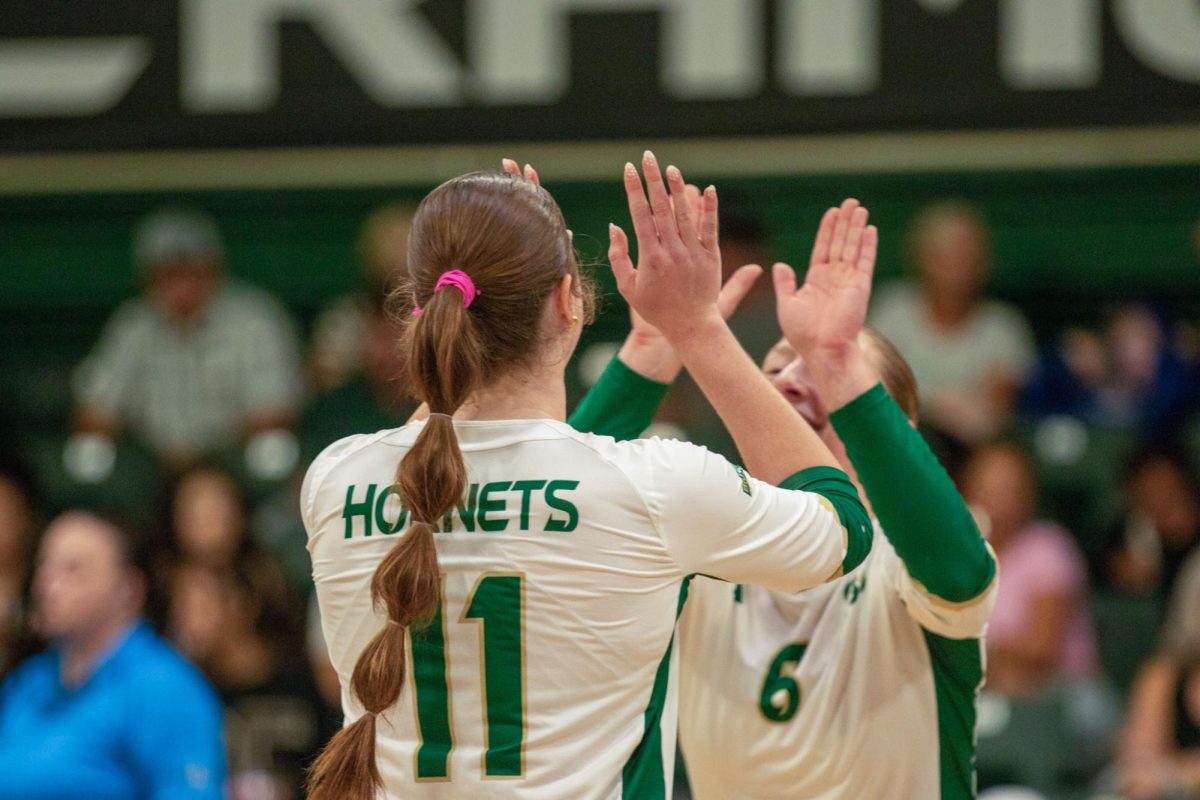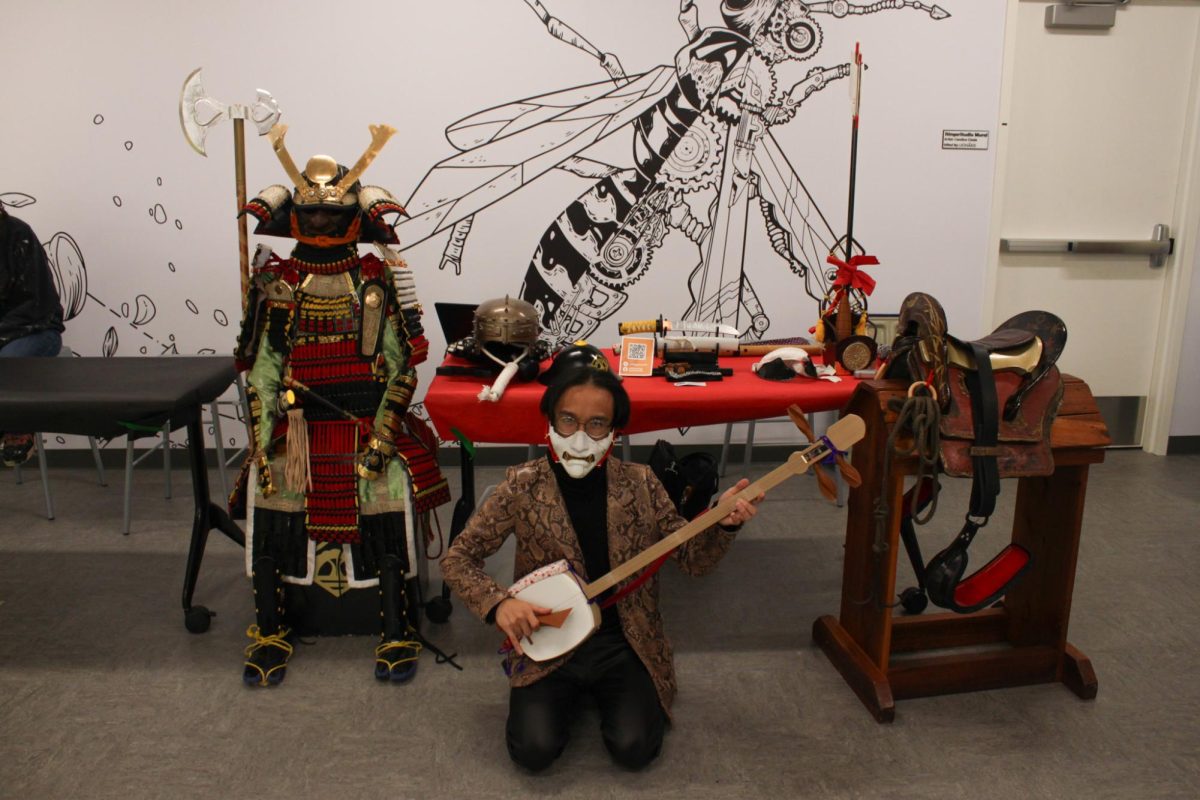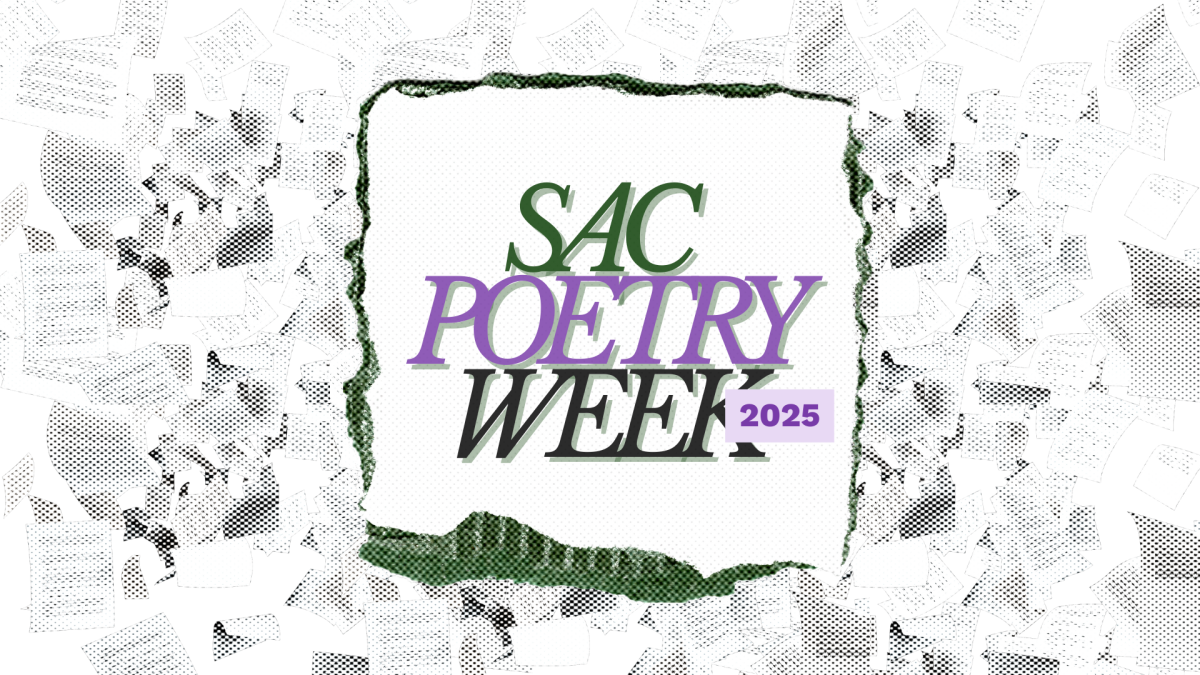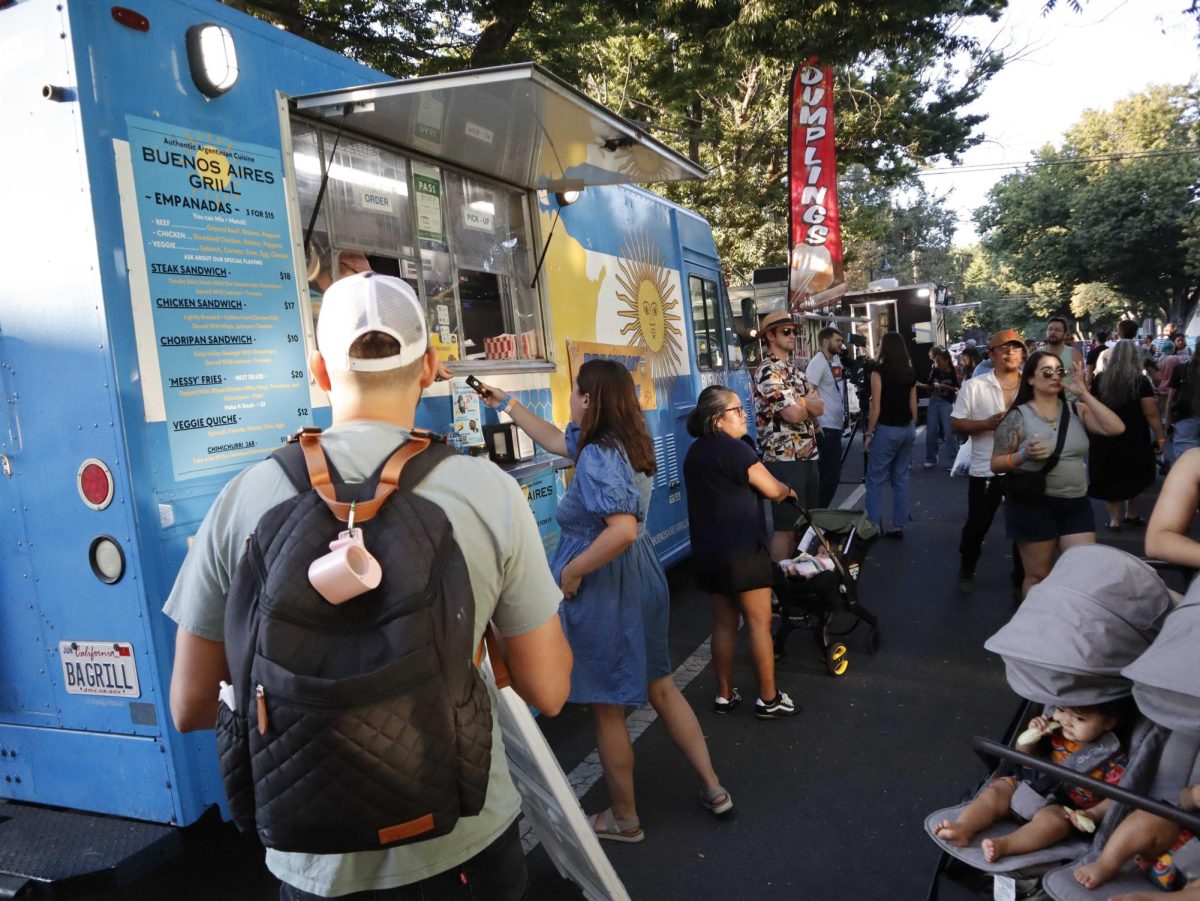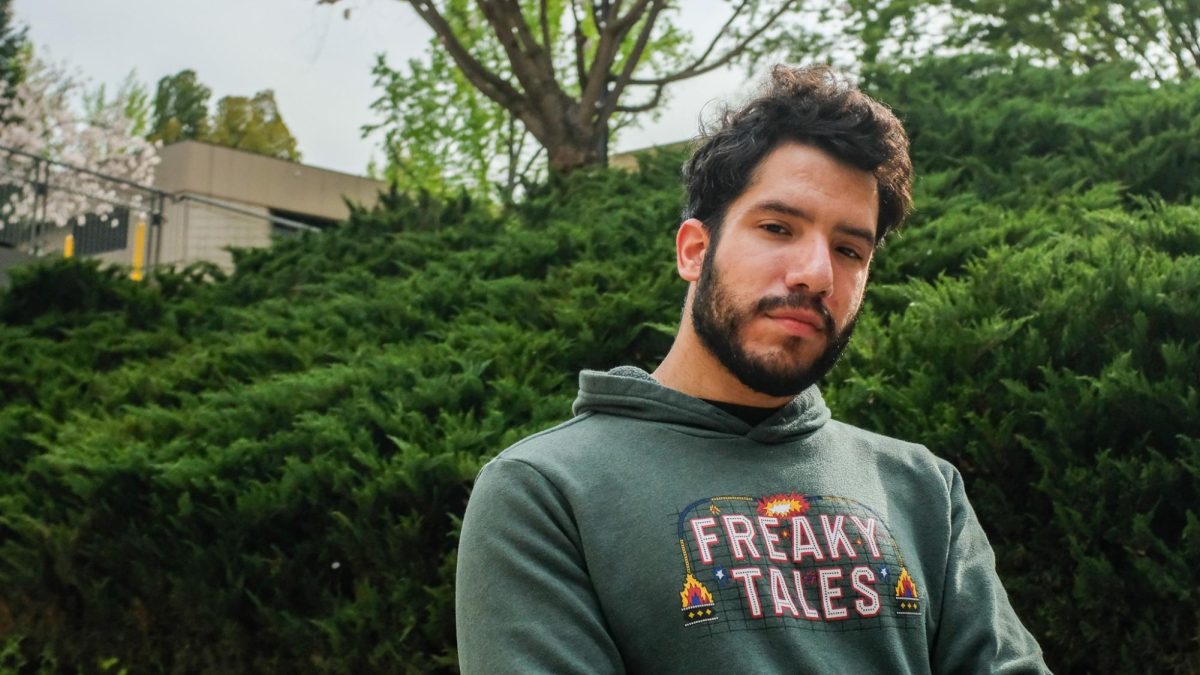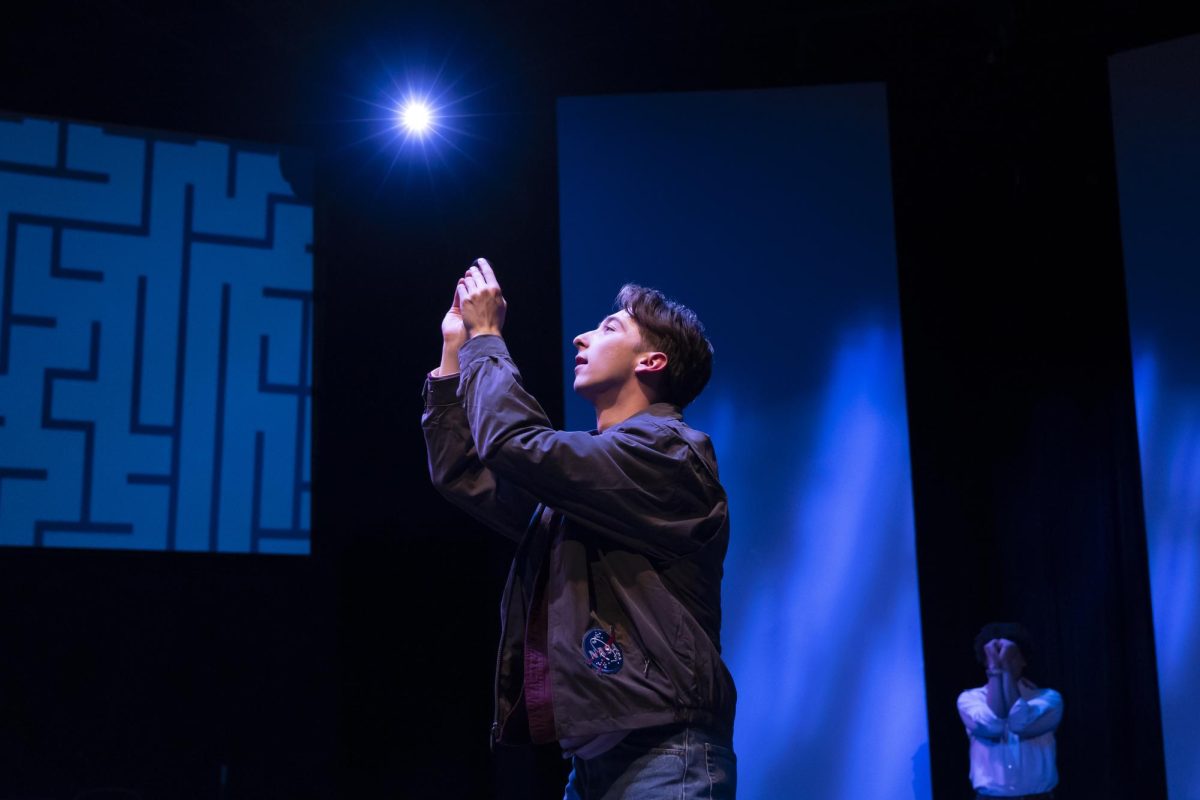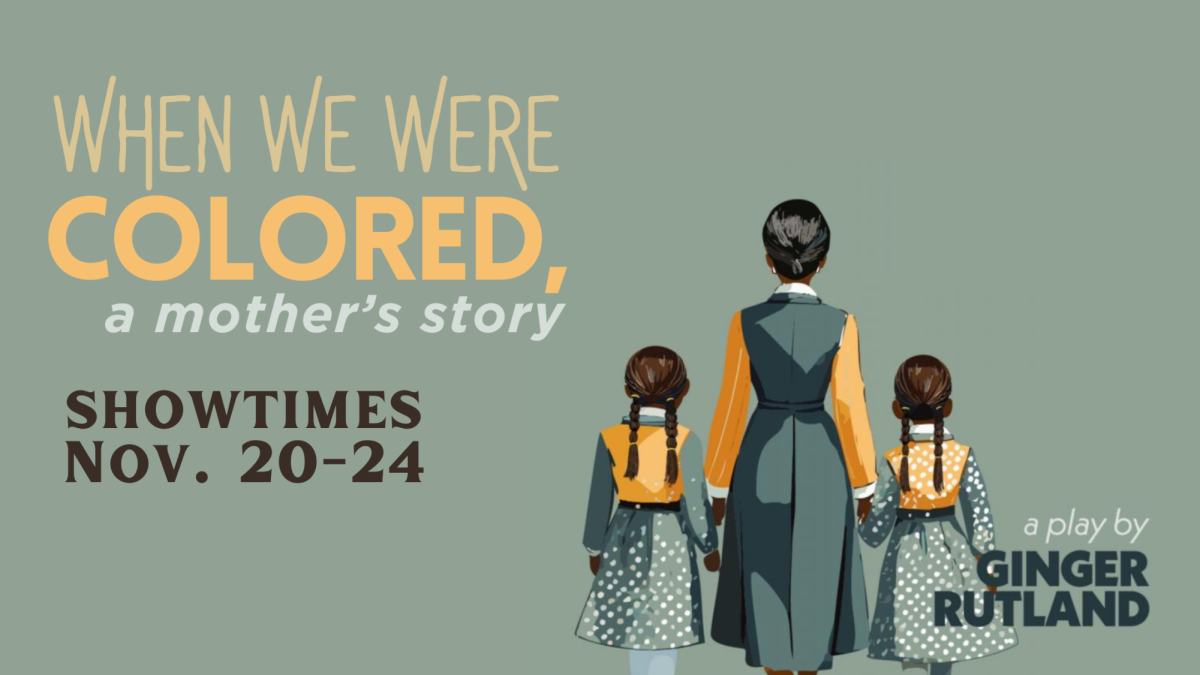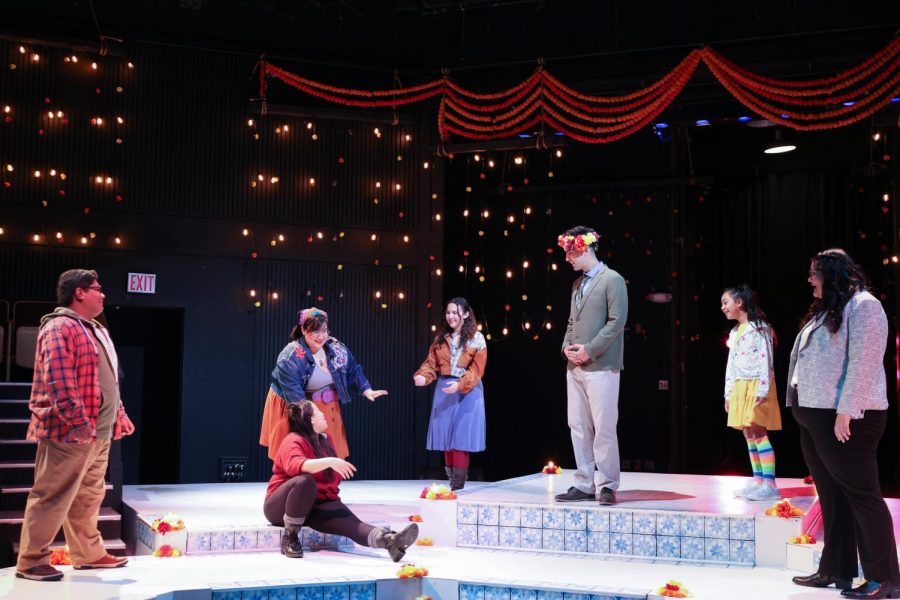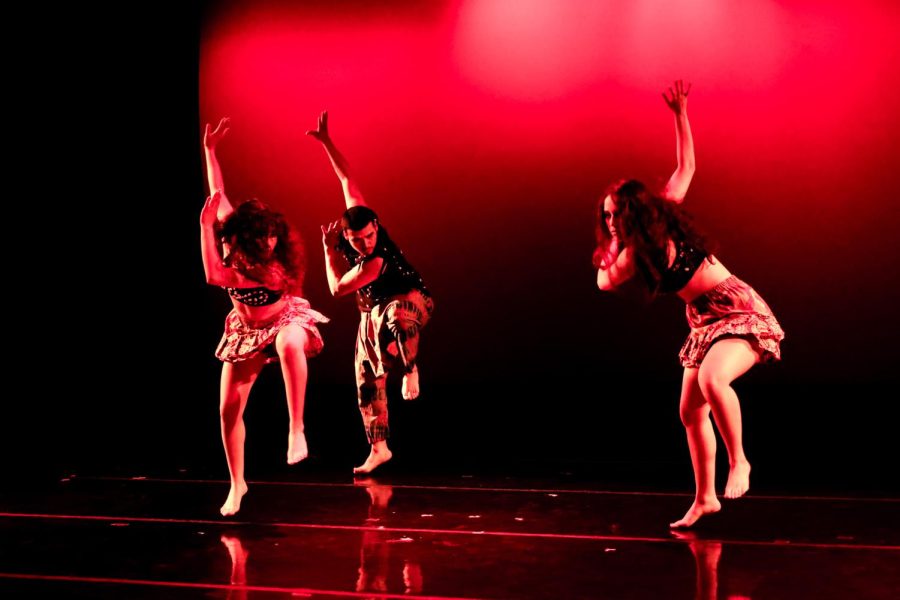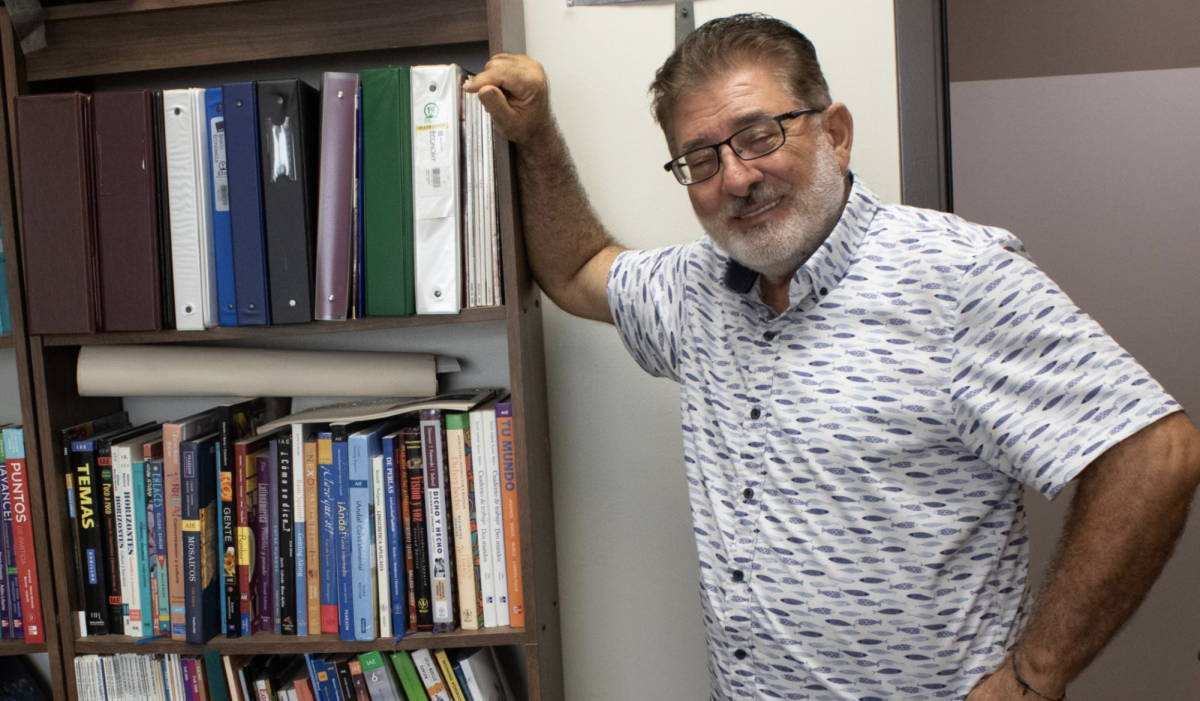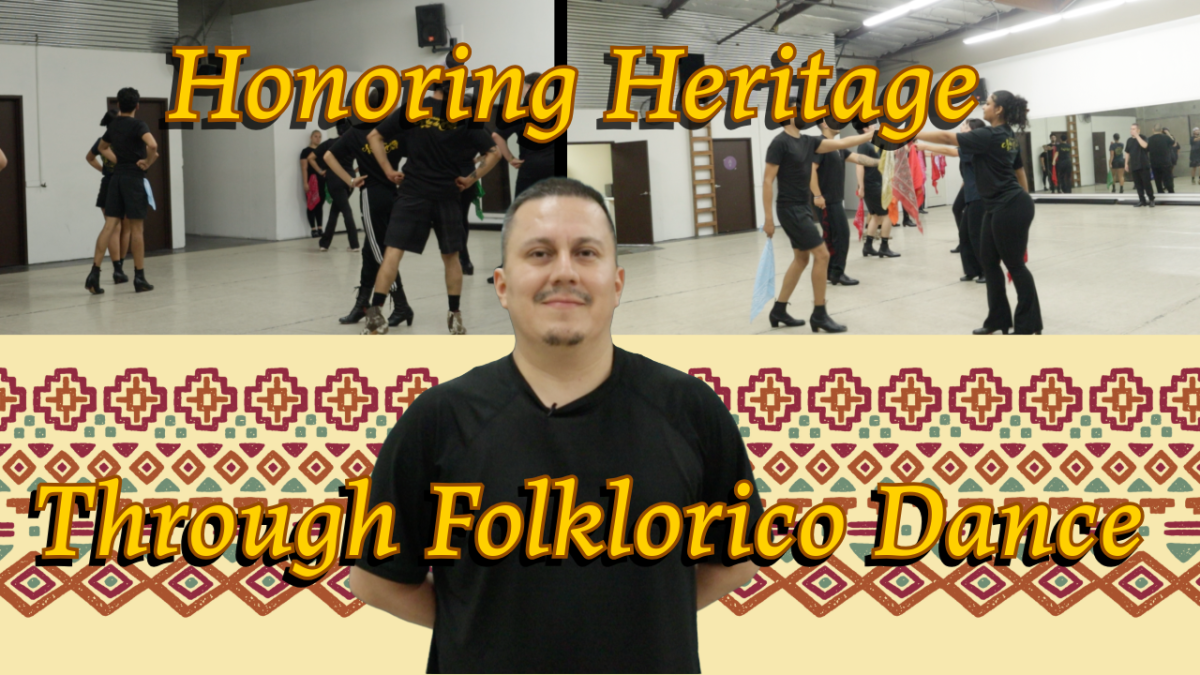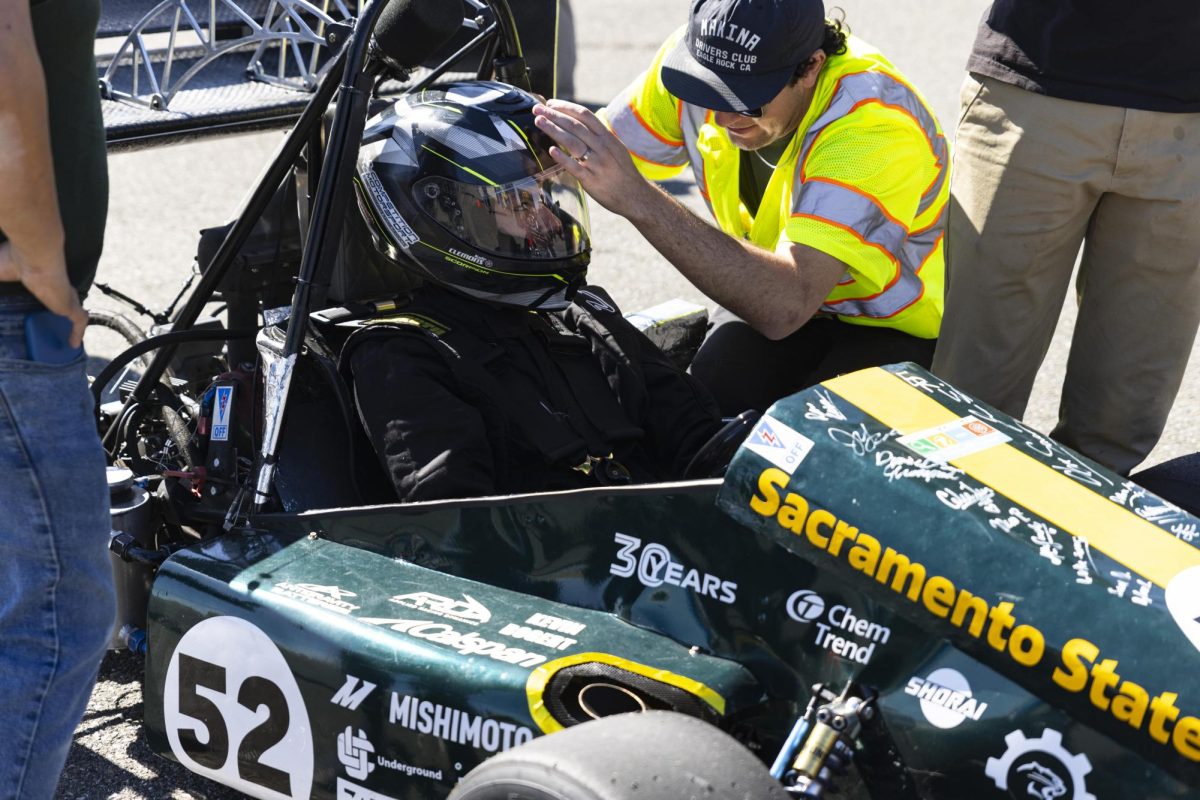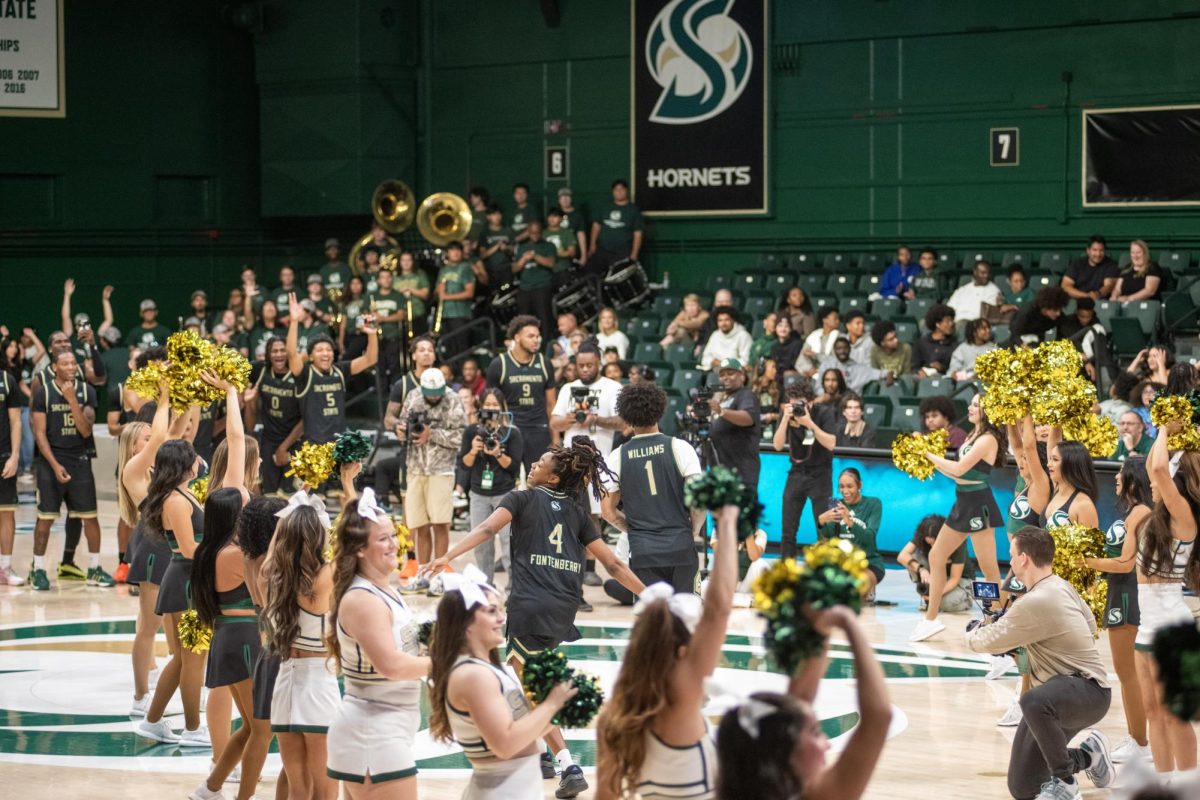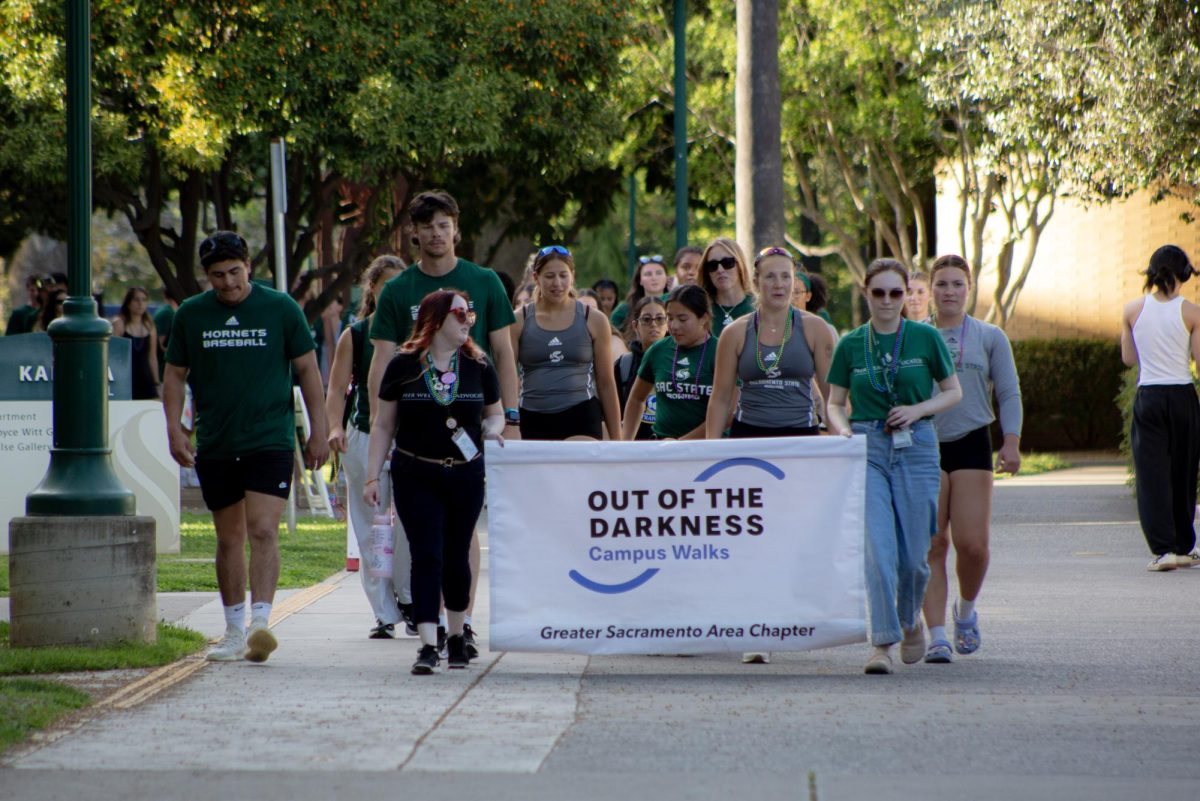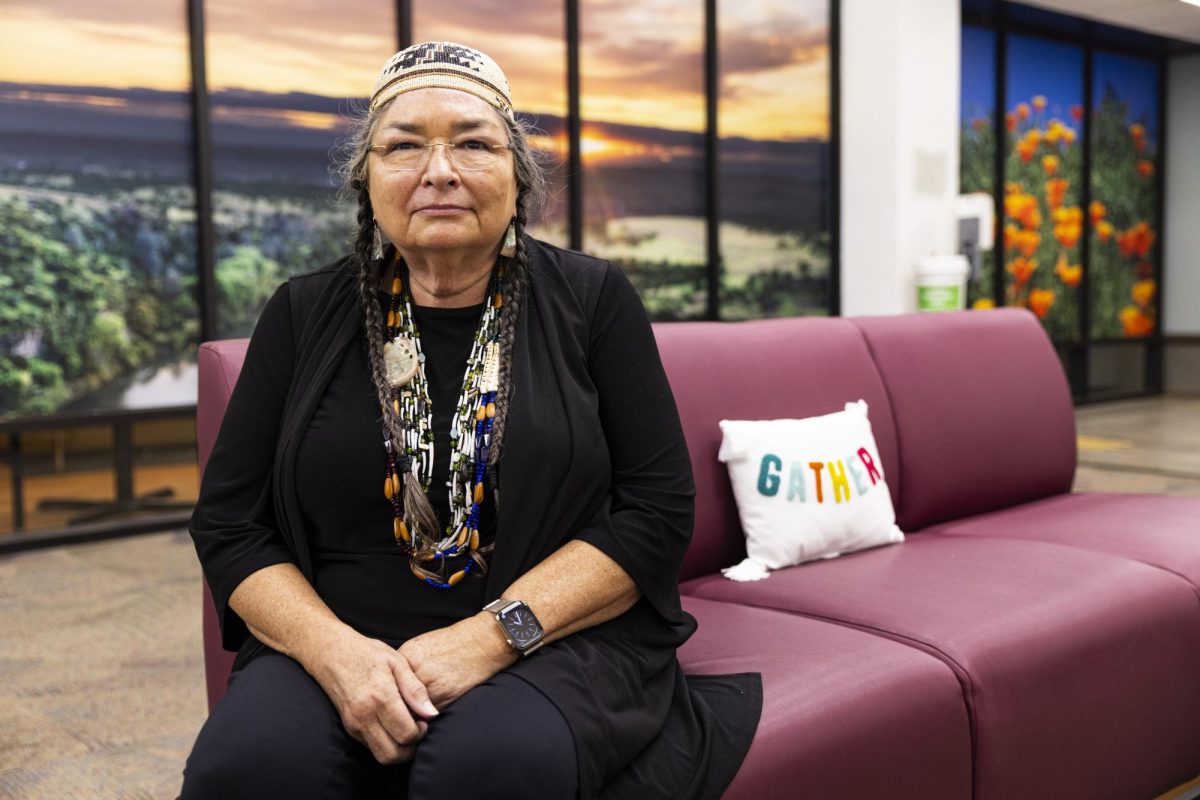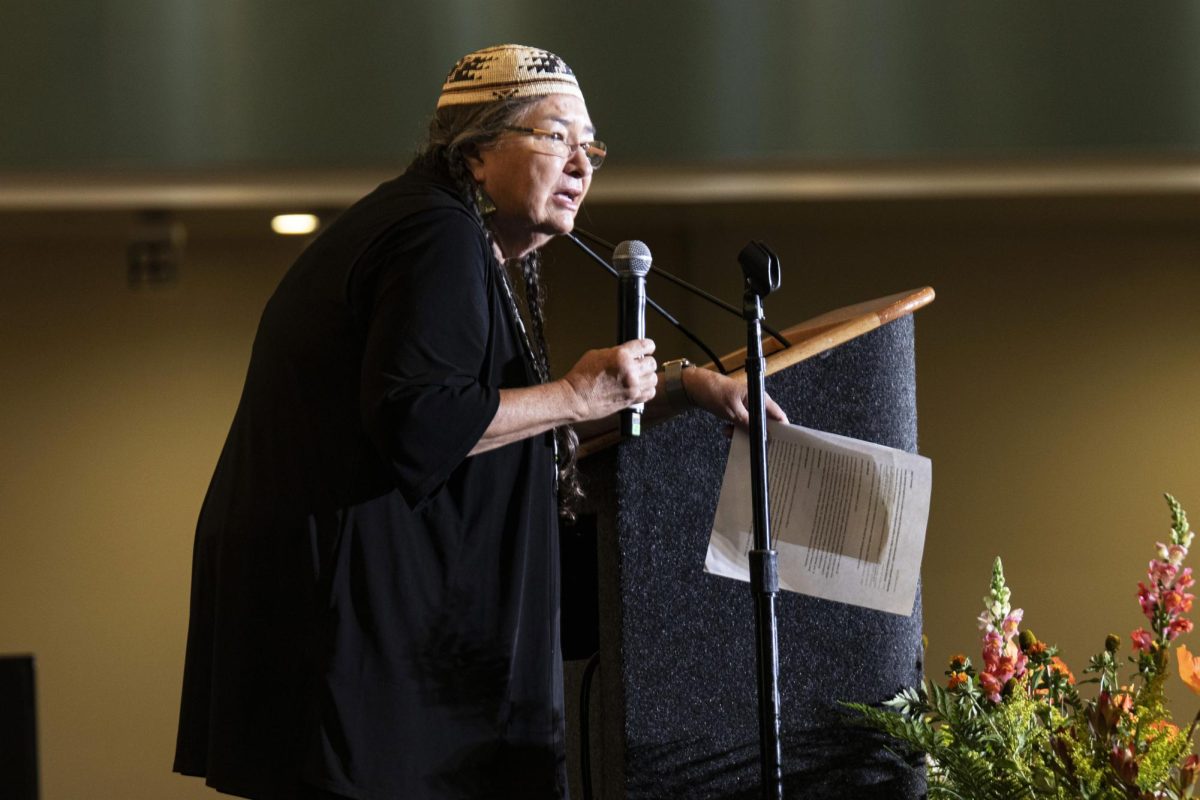Sacramento State celebrated the grand opening of the Wileety Native American College at the University Union Ballroom on Wednesday, Sept. 24. The college, located in the library breezeway, is the first of its kind within the California State University system, and many community members in attendance said they are excited for its future.
“Wileety,” a Miwok term meaning “to bloom, to be bright, to shine,” was selected as the college’s name, reflecting themes of resilience and renewal for Native students, according to the opening remarks. The WNAC is a cohort-based program, like the Black Honors College, meant to support Native students with Native-based education, leadership training and community engagement, according to the WNAC website.
Annette Reed, former director of Native American studies at Sac State and former chair of the Department of Ethnic Studies, said she canceled her retirement to serve as the inaugural dean.
Reed is a citizen of the Tolowa Dee-ni’ Indian Nation from northwestern California and has served Sac State for about 27 years. She opened the celebration with a prayer and blessing, touching on the significance of the name Wileety.
“What a beautiful name and how it encompasses the true meaning and purpose of our youth that are going to be coming here, that are coming here to bloom, to shine, to be that flourish,” Reed said.
Reed said the idea for the college was first inspired by President Luke Wood, who announced the college’s official launch on Nov. 8, 2024.
RELATED: President Luke Wood announces launch of Sac State’s Native American College
According to the 2025 Sac State Fact Book, less than 1% of the total population of students were recorded to identify as American Indian in fall 2024. During the 2023-24 academic year, only 64 students who identified as Native American or American Indian were awarded degrees, according to the Division of Information Resources and Technology’s Office of Institutional Research.
Eric Wilder, the graphic designer of the Wileety College’s logo and an enrolled member of the Kashia Band of Pomo Indians, was one of three goods vendors situated at the bottom right corner of the ballroom.
Wilder said that the college’s logo design was inspired from various aspects of Native American culture.
The triangle-filled ring represents arrowheads, which hold multiple meanings depending on the tribe, and was patterned in a way to resemble a basket. He said a lot of tribes within the U.S. are weavers, and that college leaders wanted to incorporate that part of Native culture. The poppy on the top left portion of the logo was meant to represent California.
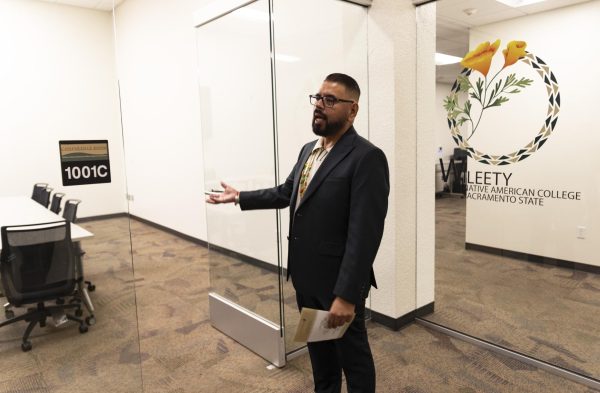
“I think it was a big honor to be a part of this, doing my little part of doing the logo,” Wilder said. “Hopefully everything is successful with the kids’ education because, to me, it’s like they’re opening the door for the next generations – the next group of kids – to come in.”
Over the course of the morning California tribal leaders, state officials and campus leadership spoke about the impact the WNAC will make on Sac State students and the Native community as a whole. President Luke Wood pointed to the importance of creating a space that affirms Native identity.
“Many of our students may say that they have not had the opportunity to learn in spaces where their identities are centered, and so we are proud that we get to do that,” Wood said.
Chairperson Antoinette De Rio, a member of the California Valley Miwok Tribe and former Indian Education Director in two counties, flew in from Portland to honor the new opportunity the college presents to students.
De Rio said that she wished a resource like this existed for her growing up. She highlighted the importance of community and representation within educational systems to avoid isolation and give a sense of belonging to Native students.
“It’s what our nations need to be successful, to be honest,” De Rio said.
Several speakers discussed the complex, and often painful relationship between Native communities and education. From 1819 to 1969, federal Indian boarding schools removed Native children from their families in an effort to erase languages, traditions and identities.
Thomas Lozano, a board member of the Tribal Leadership Council of the Estom Yumeka Maidu Tribe of Enterprise Rancheria and the Wileety program outreach and recruitment coordinator, spoke to that history during his speech.
“We lost a lot of our language. We lost a lot of our history. We lost a lot of our storytelling. We lost a lot of our culture,” Lozano said. “But we’re still here, and we’re still resilient and we’re still thriving. And to our students and to our youth, you are the next future.”
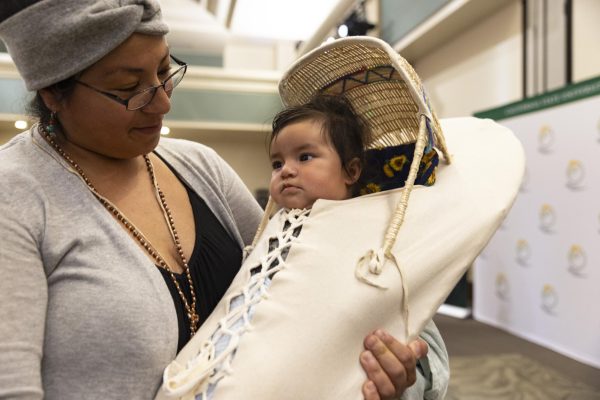
Many of the speakers viewed this milestone as a step towards bringing more Native American voices forward. Christina Snider-Ashtari, the secretary for the California Governor’s Office of Tribal Affairs and a member of the Dry Creek Rancheria Band of Pomo Indians, announced that Sac State is working with the Wileety Native American College to pull together the report for the California Truth and Healing Council next year.
“[This month] marks 175 years that our people have resisted, persisted and fought to create better outcomes for our future generations,” Snider-Ashtari said. “We’re still here, we’re still leading with our values and we should be so proud of our people for daring to thrive in the face of successive attempts to silence our voices.”
RELATED: Esak’tima Center empowers Native American heritage on campus
The first cohort of the WNAC was introduced, consisting of a total of 34 students. Junior kinesiology major Mickey Nelson, a member of the Karuk and Shasta Indian tribe from Northern California, was the very first student to sign up for the cohort.
“I’m very happy and proud to be a part of the first cohort,” Nelson said. “It brings me joy to know that there’s efforts to undo things that have been done to us in the past.”
According to a slideshow presented by Reed, all students within the cohort are studying majors of their choosing but are required to take a minor in Native American studies with a focus on tribal leadership. They will have access to a physical space within the new college as well as experience Native American leadership-related events, speaker sessions and training.
“I think some of the most important things is that the students have a place that is starting to feel like it’s their home,” Reed said. “It’s very difficult when you’re such a small population to feel comfortable on such a large campus, but I really think with the support that will happen.”
The Yellow Rose Drum group played a song to honor the cohort, which was followed by a short historical speech and a performance by the Kumeh’ Heh’o Hah’pah Lapena dance group.
After the celebration ended, guests had the option to tour the WNAC. The space is over 6000 square feet according to Reed, and it includes colorful Native artwork, multiple gathering spaces, a computer lab, bathrooms and offices.
Joaquin Tarango, the Tribal Affairs office advisor to the president for tribal community relations and Native student success and a citizen of the Wilton Rancheria, said that the grand opening was a truly momentous occasion. He said that it is more likely Native American students will enroll at Sac State in the future because of the support system they now have on campus.
“Those are going to be their future tribal members, their future tribal council members, their future tribal chairpersons, education directors and all those sorts of things,” Tarango said. “They’ll know that they can trust us, that we’re going to [take care of their future leaders].”
Reed and the Wileety staff said they are all hopeful that the college will pave the way to greater student success within Sac State’s Native American community.
“I think it’s a blessing, and it’s a long time coming,” Lozano said. “We could not have done it without the collaboration of the CSU leadership.”



